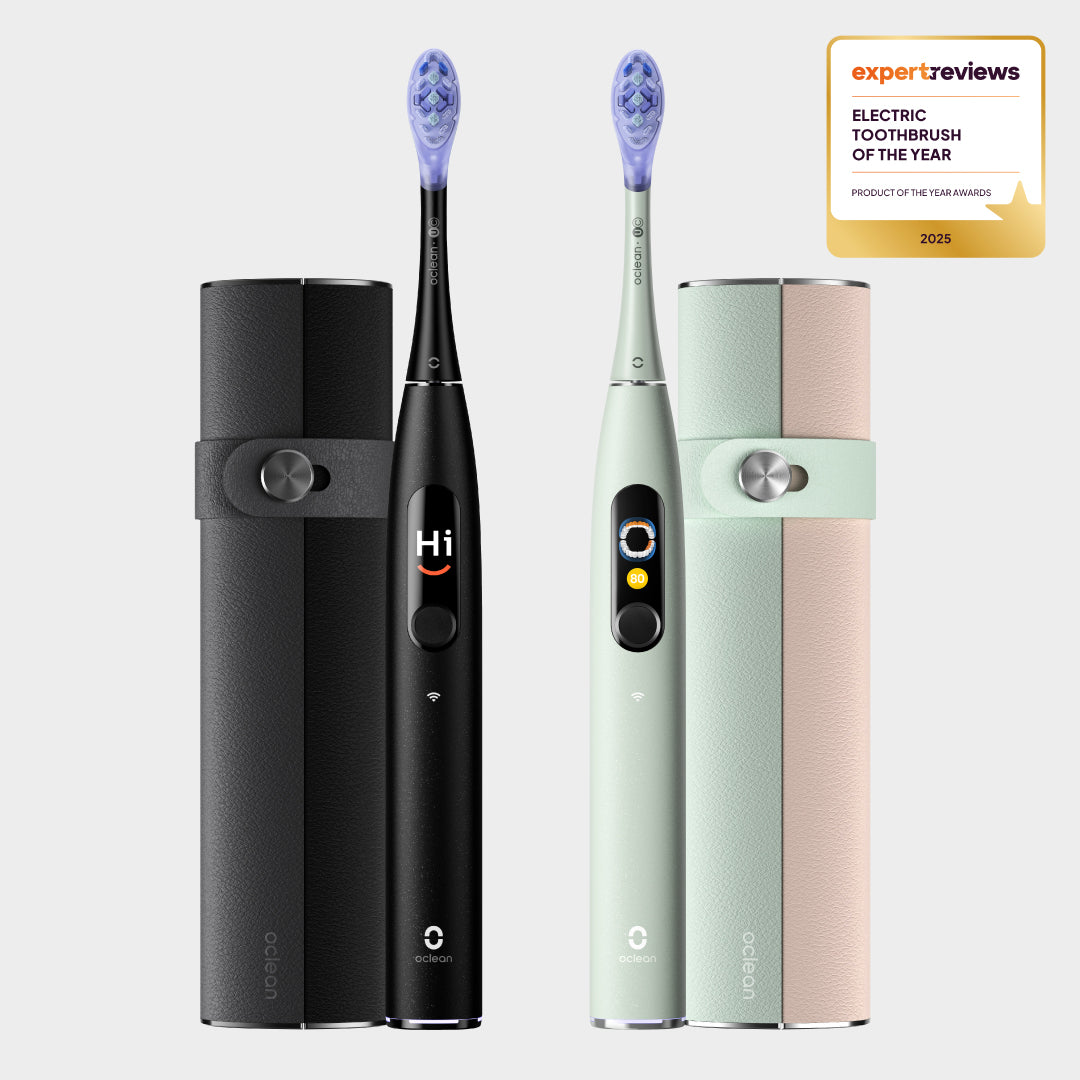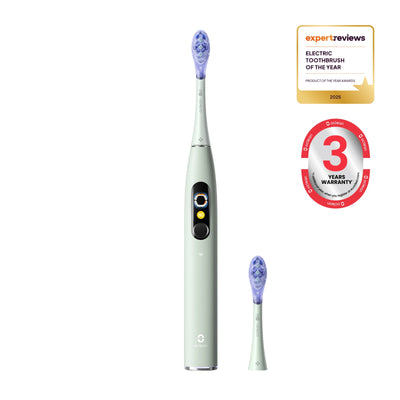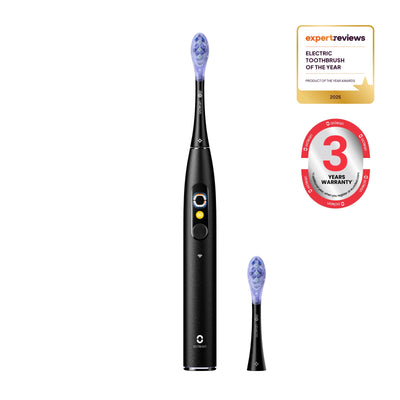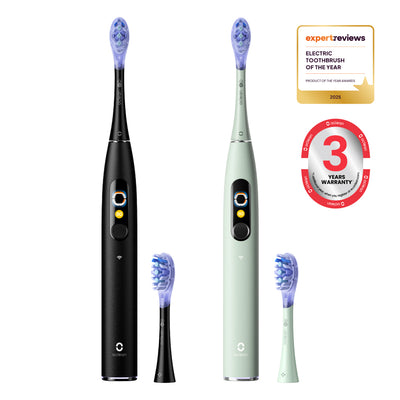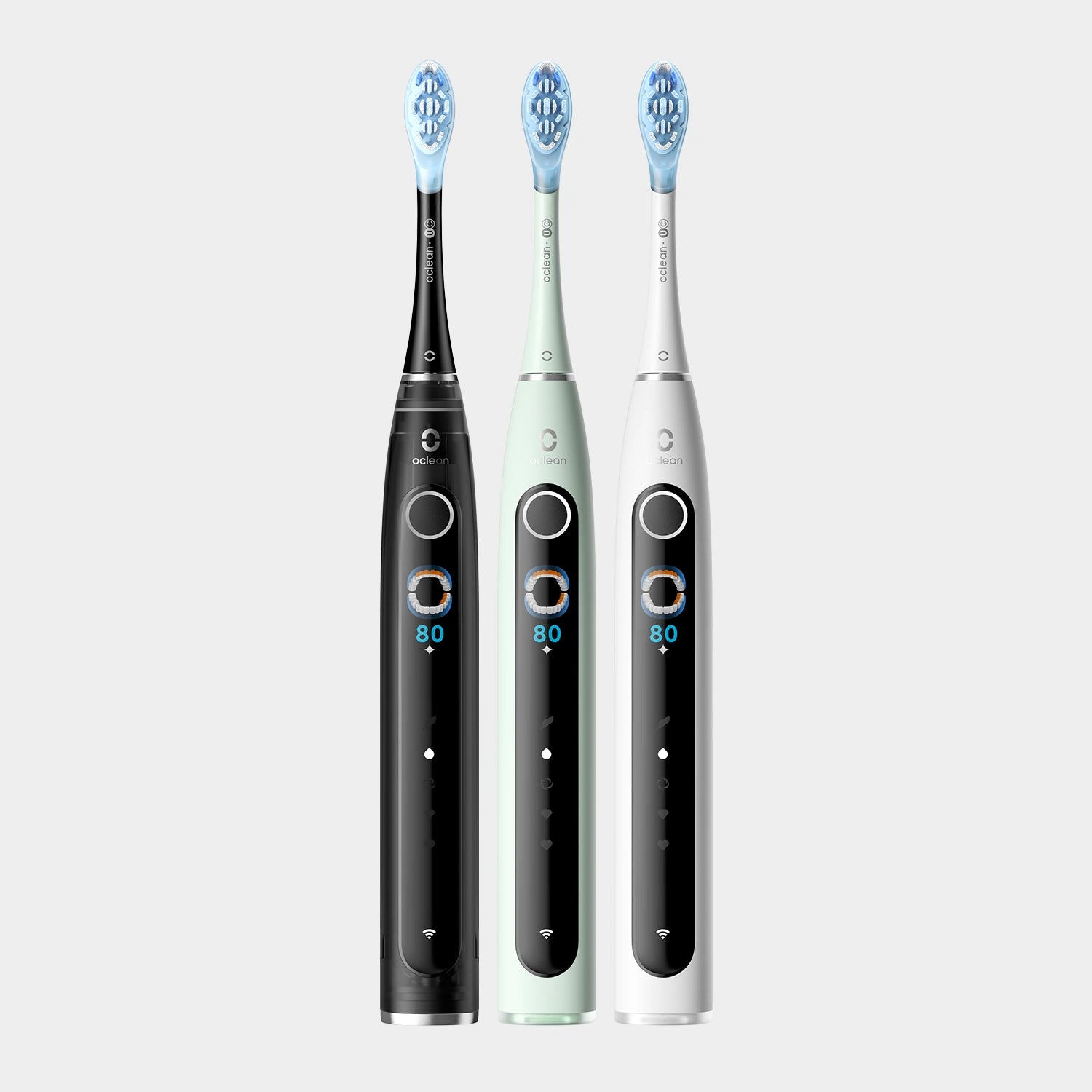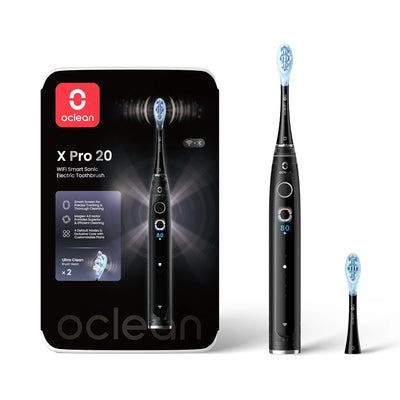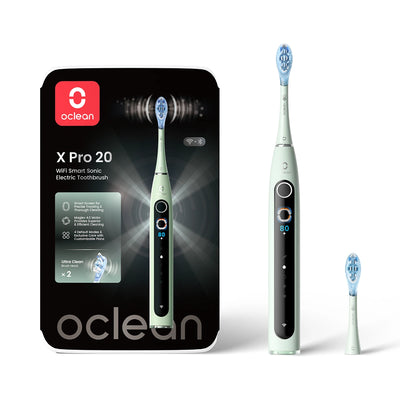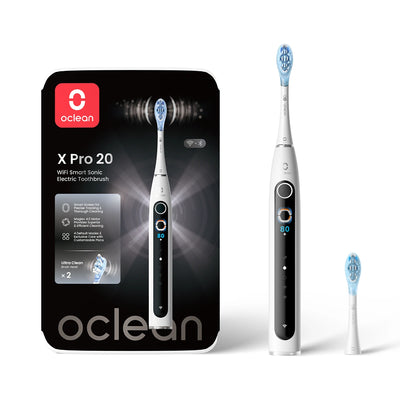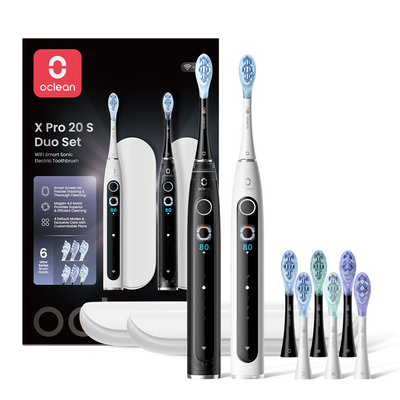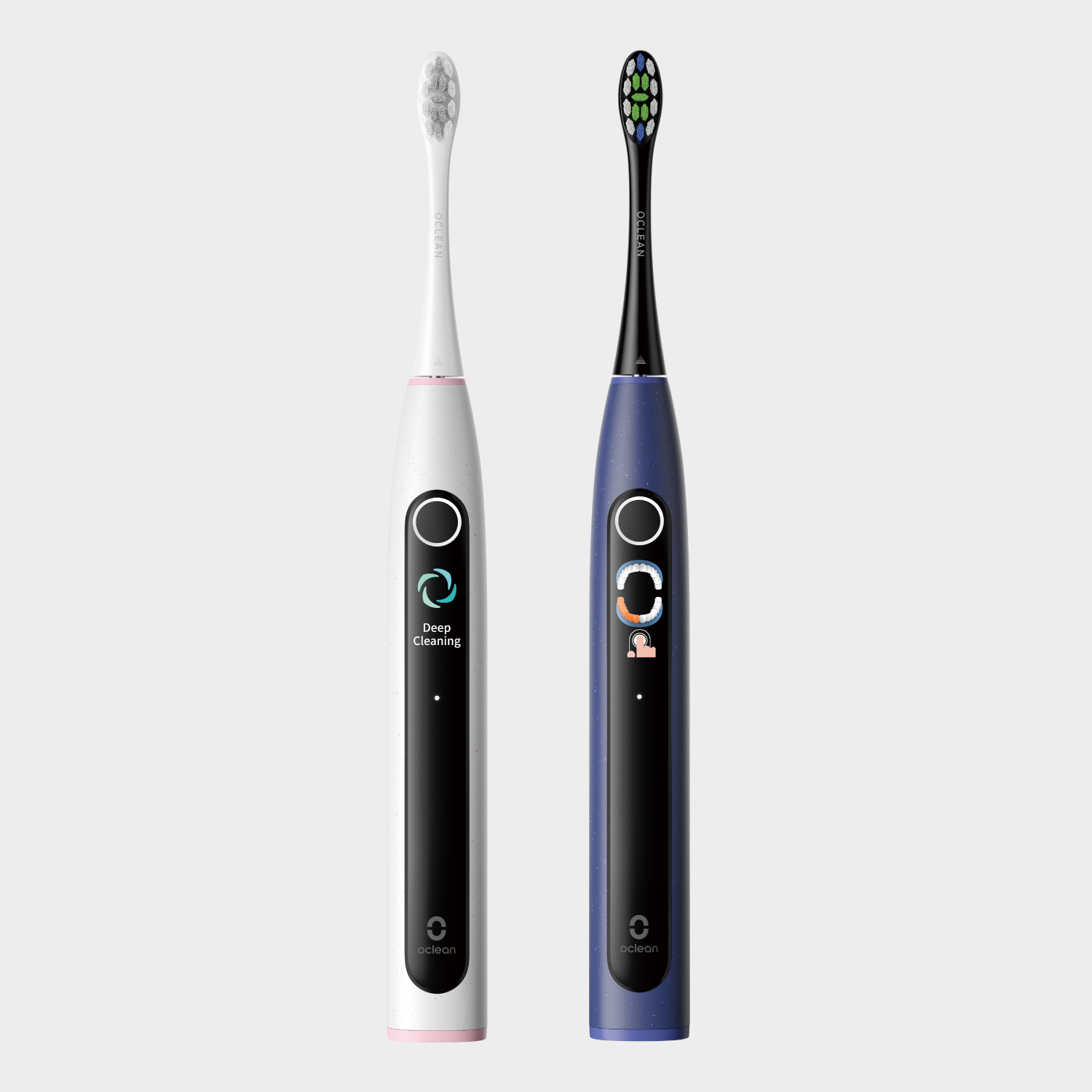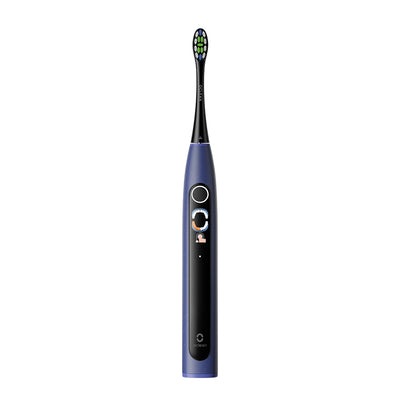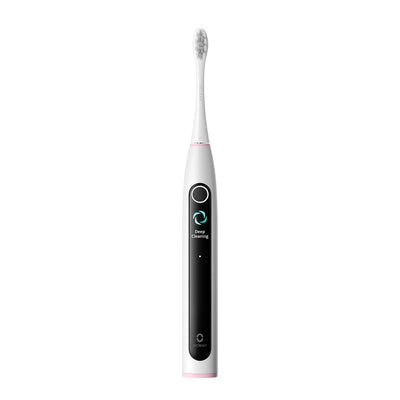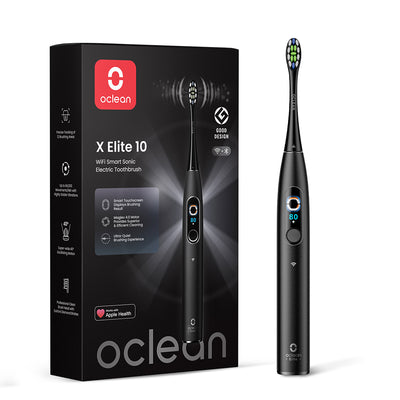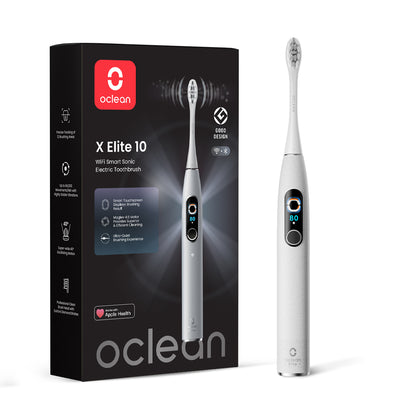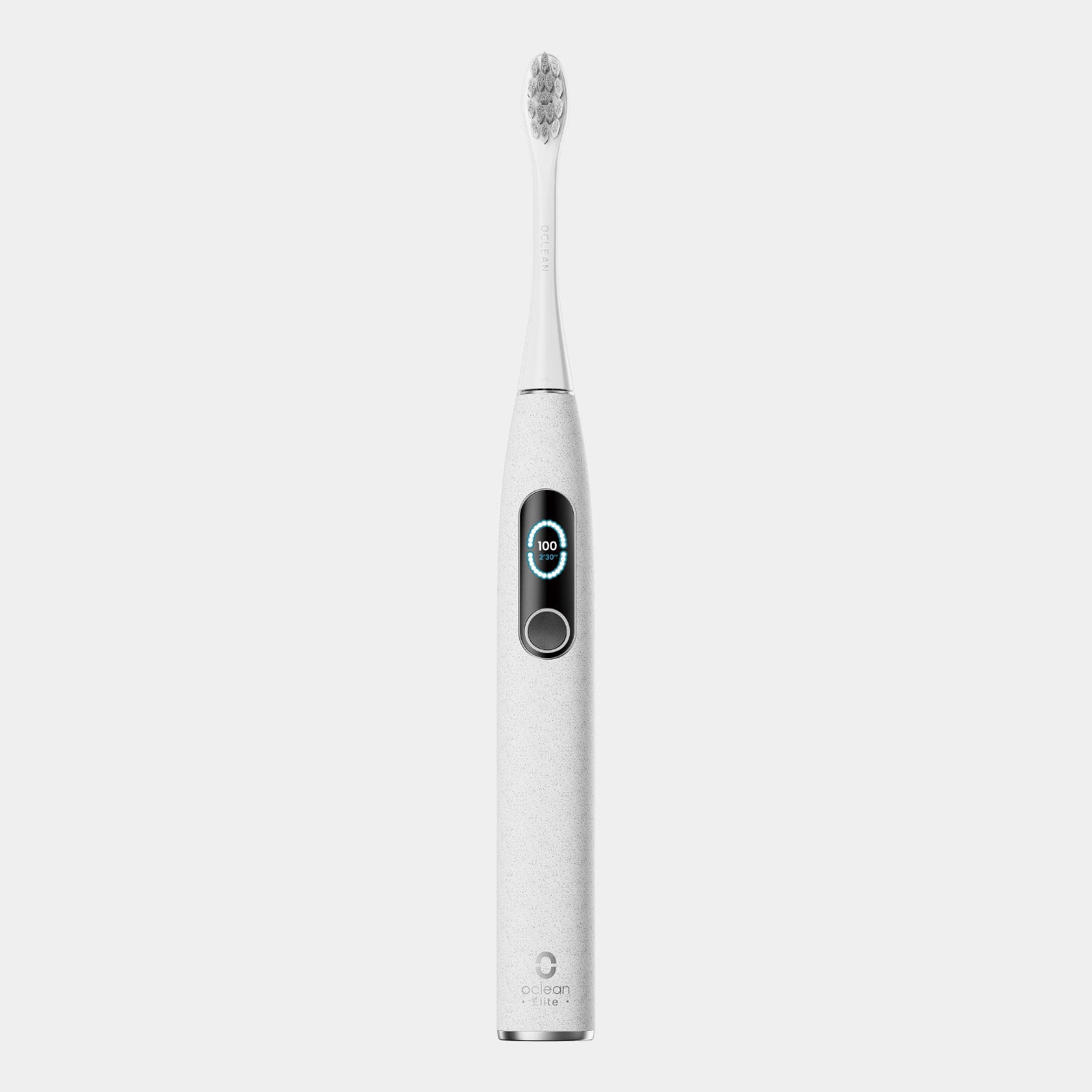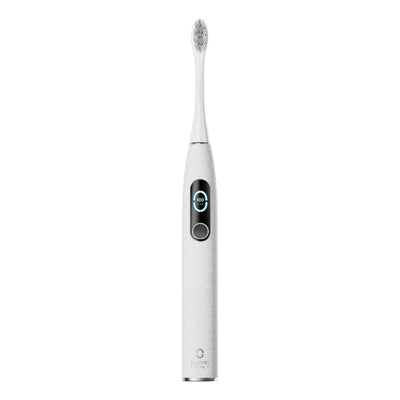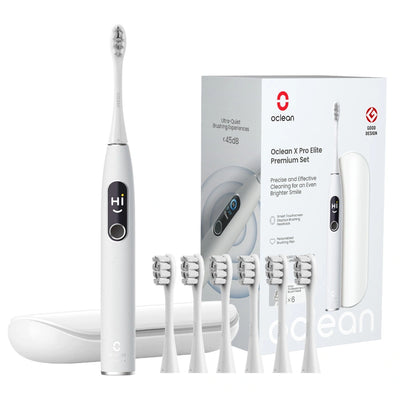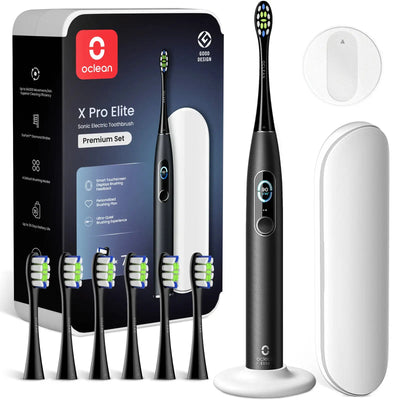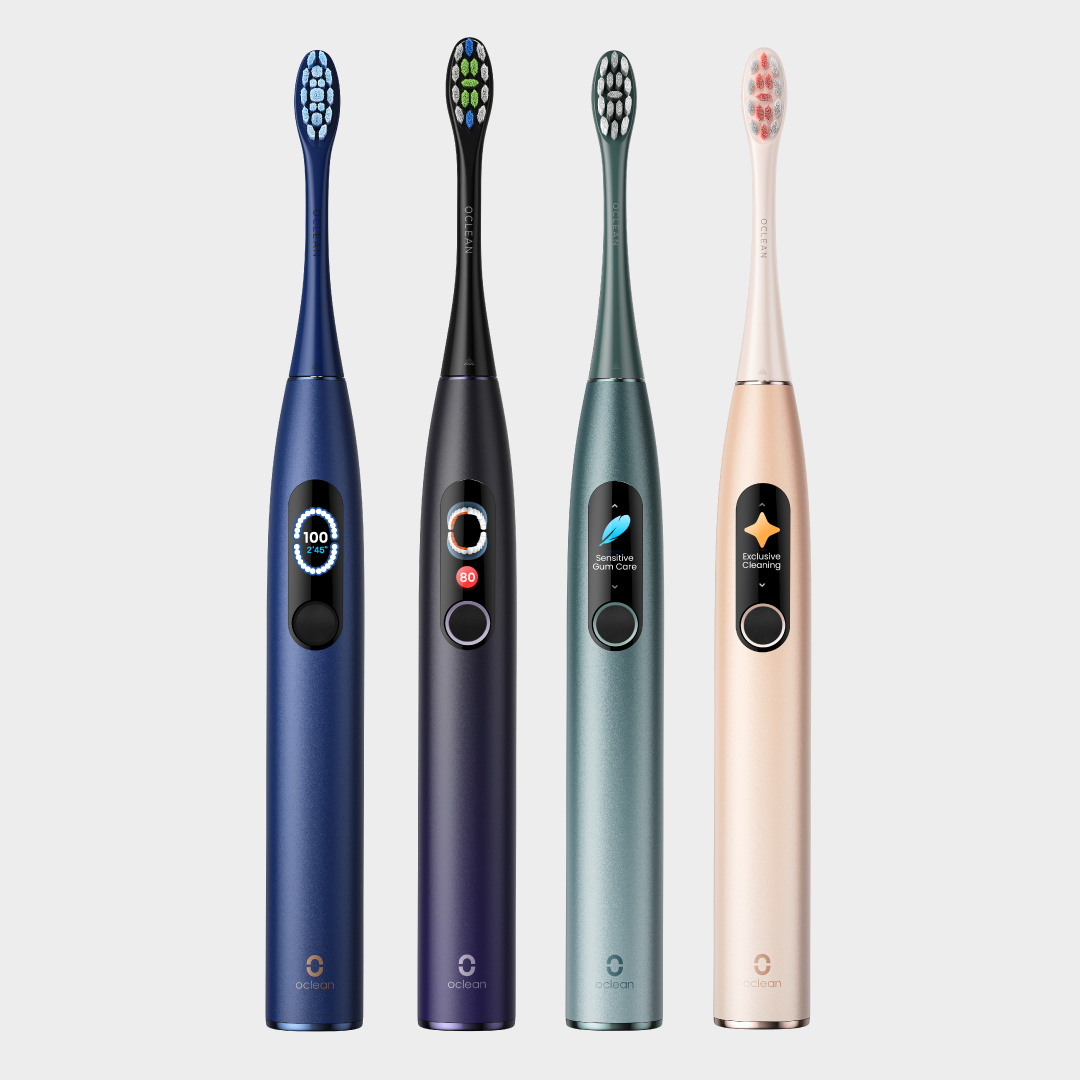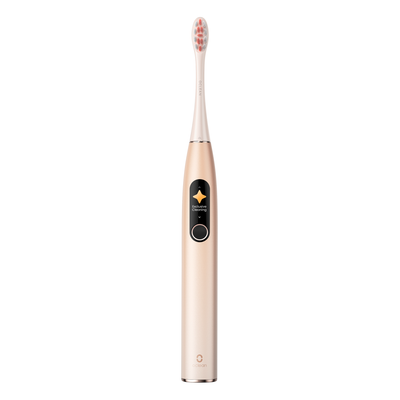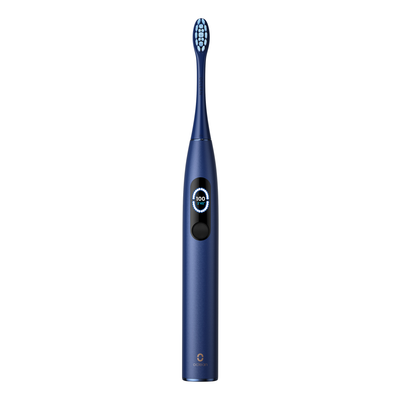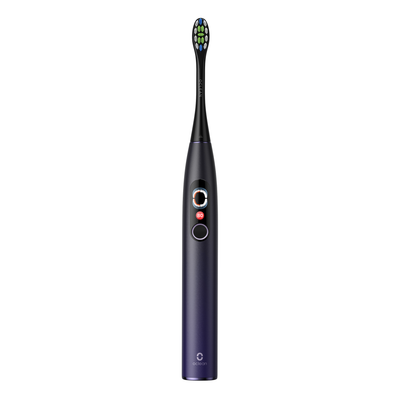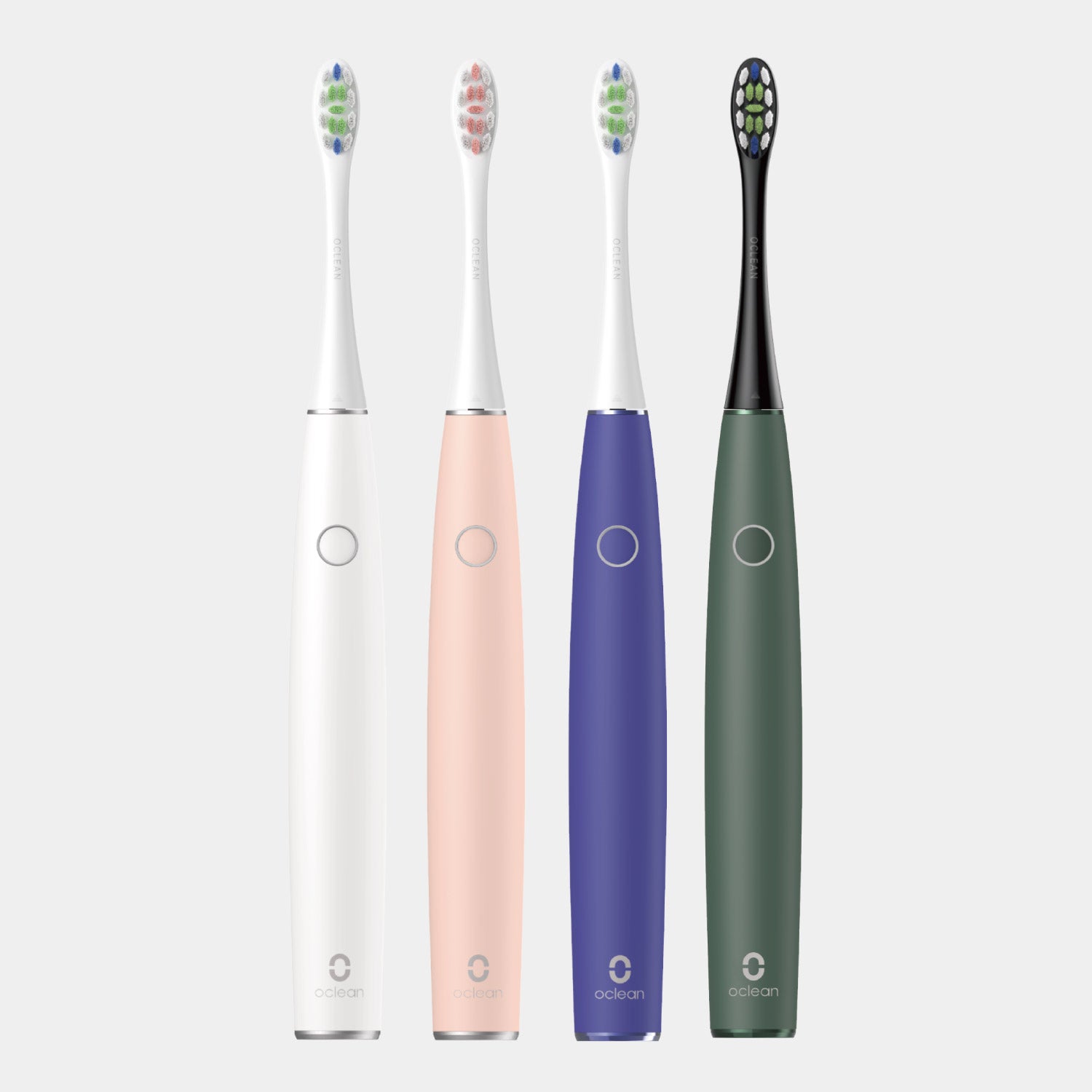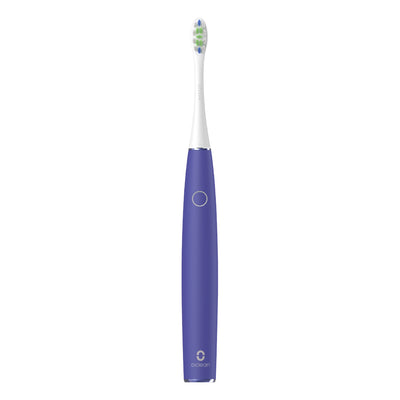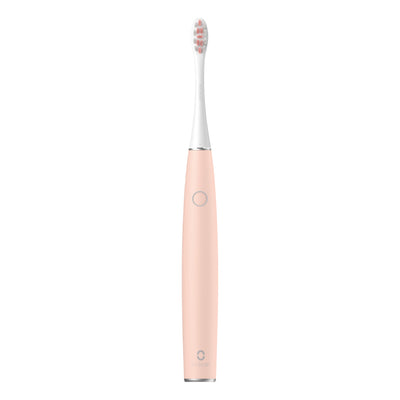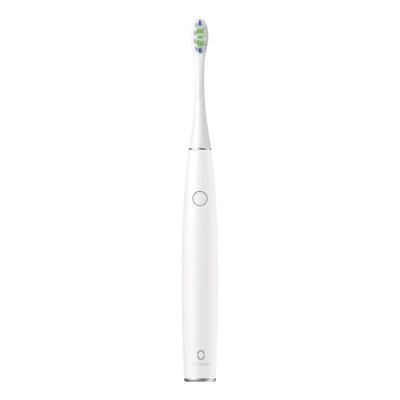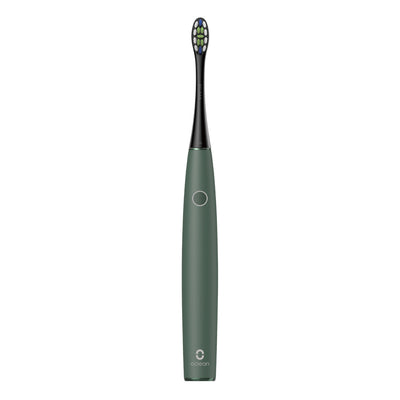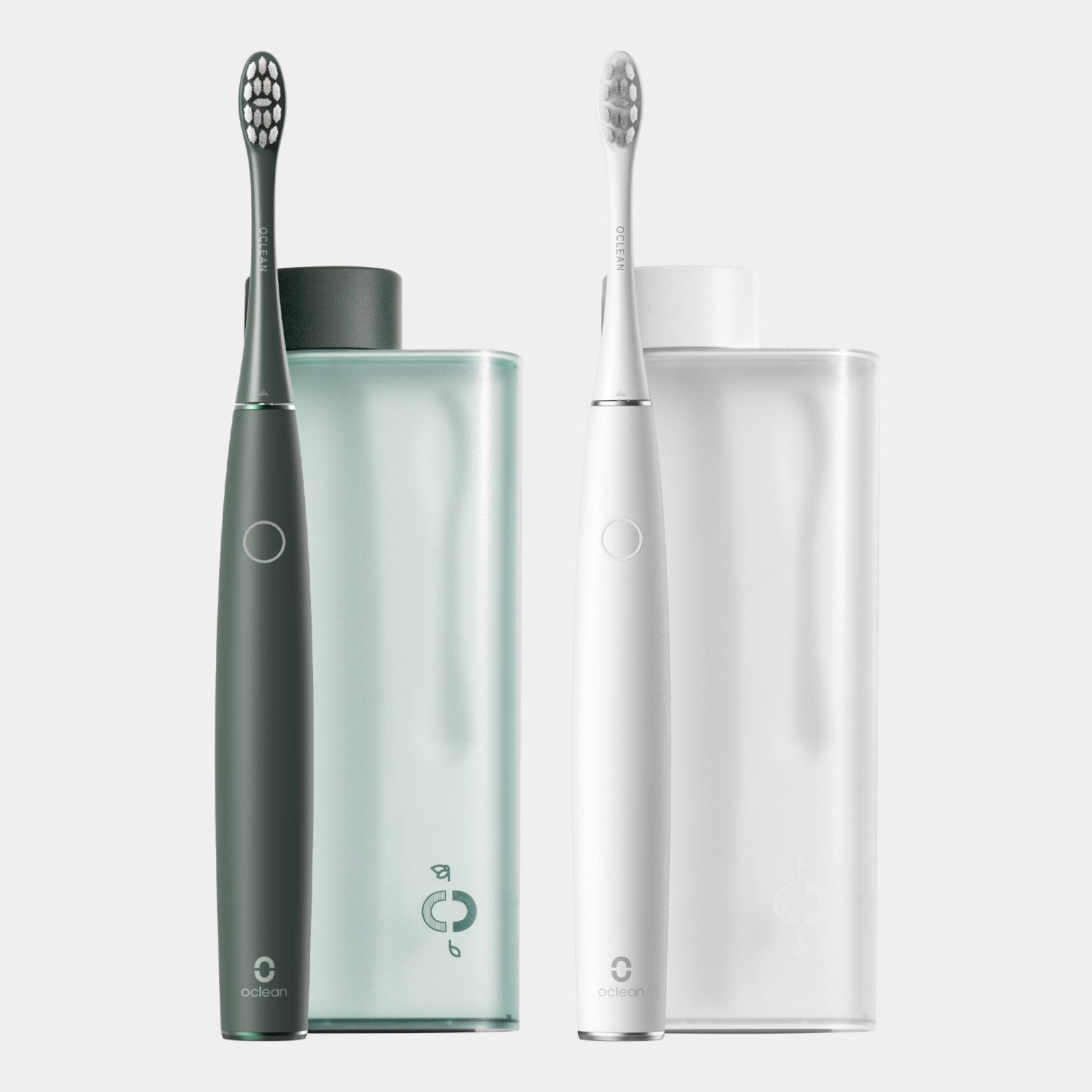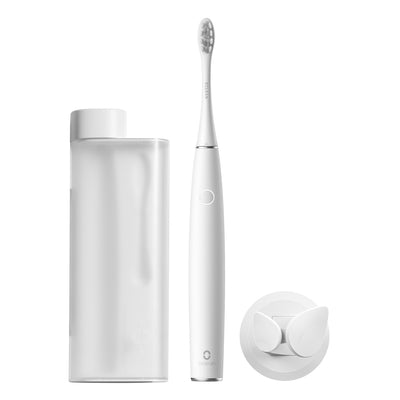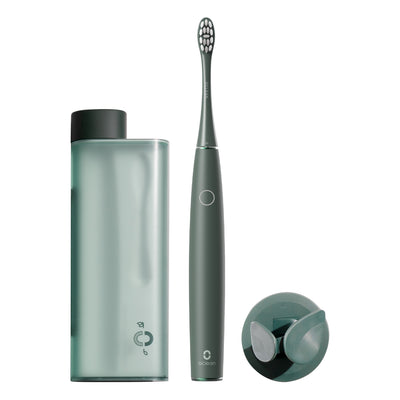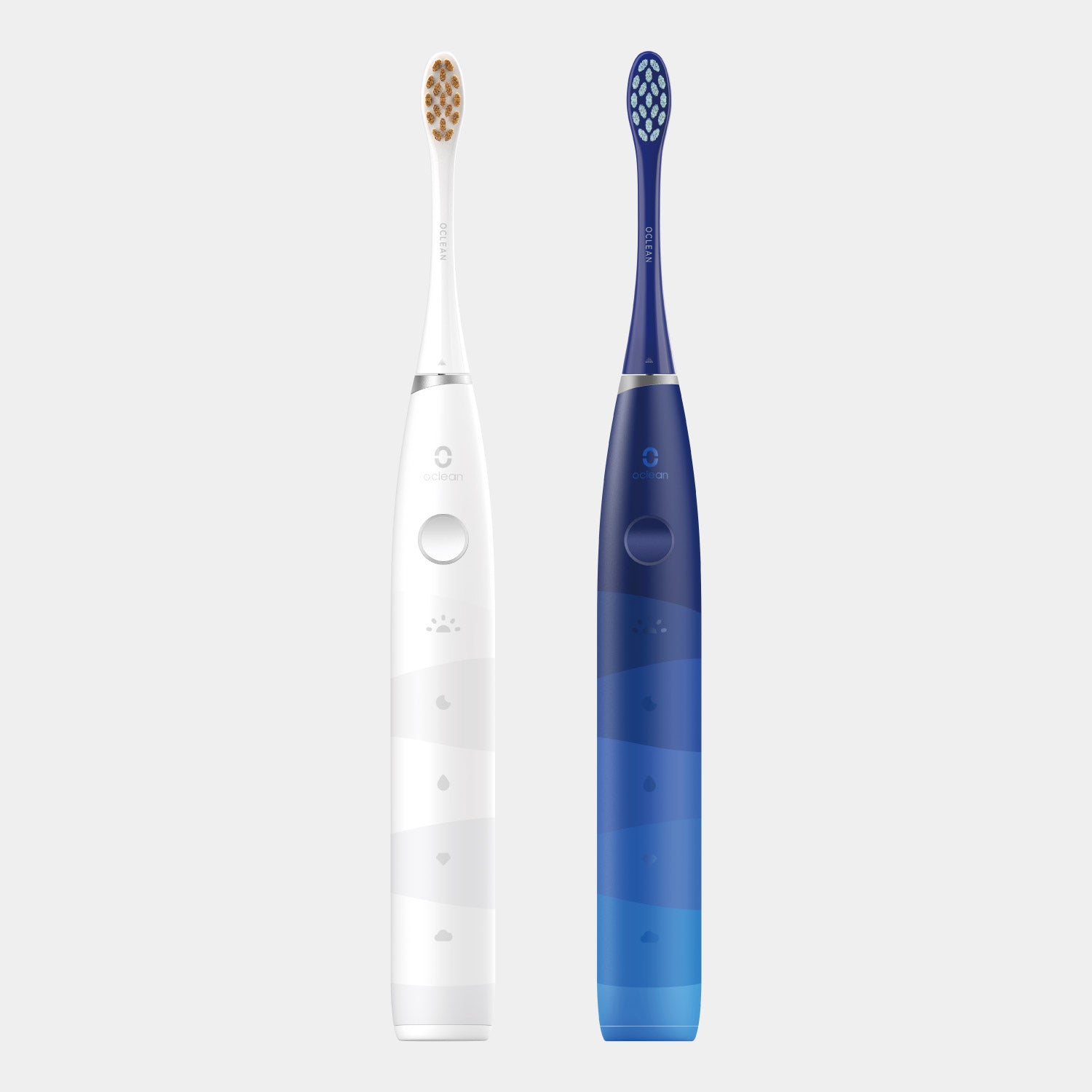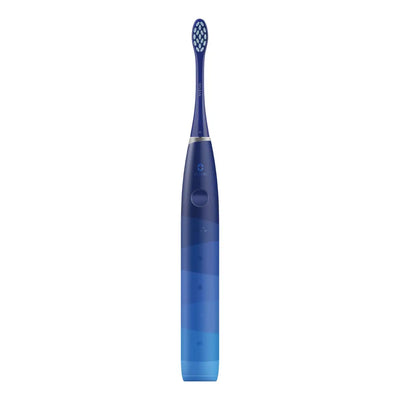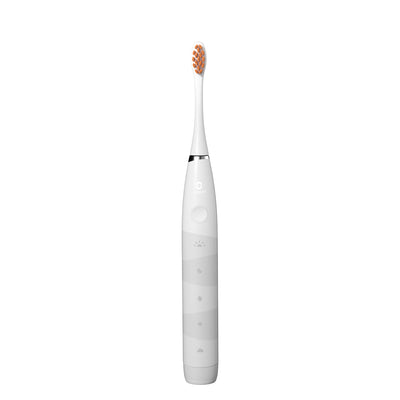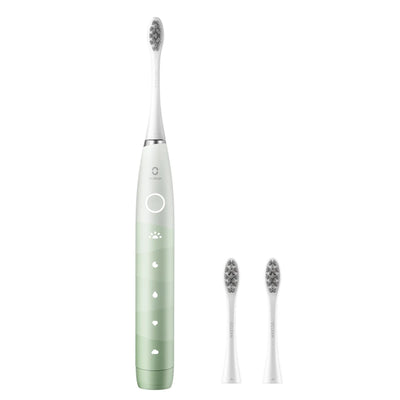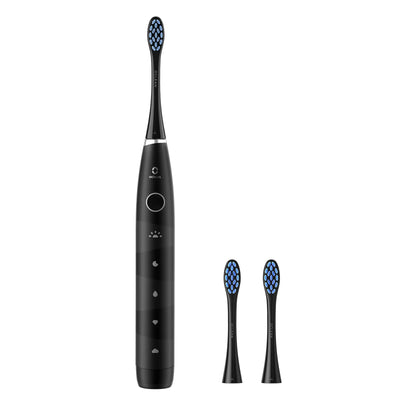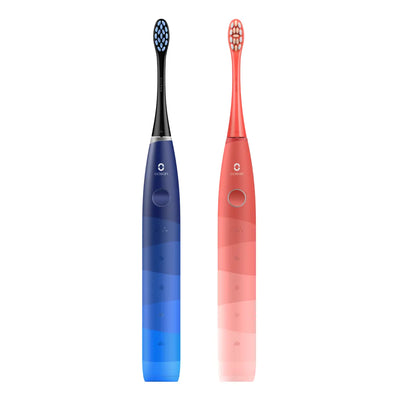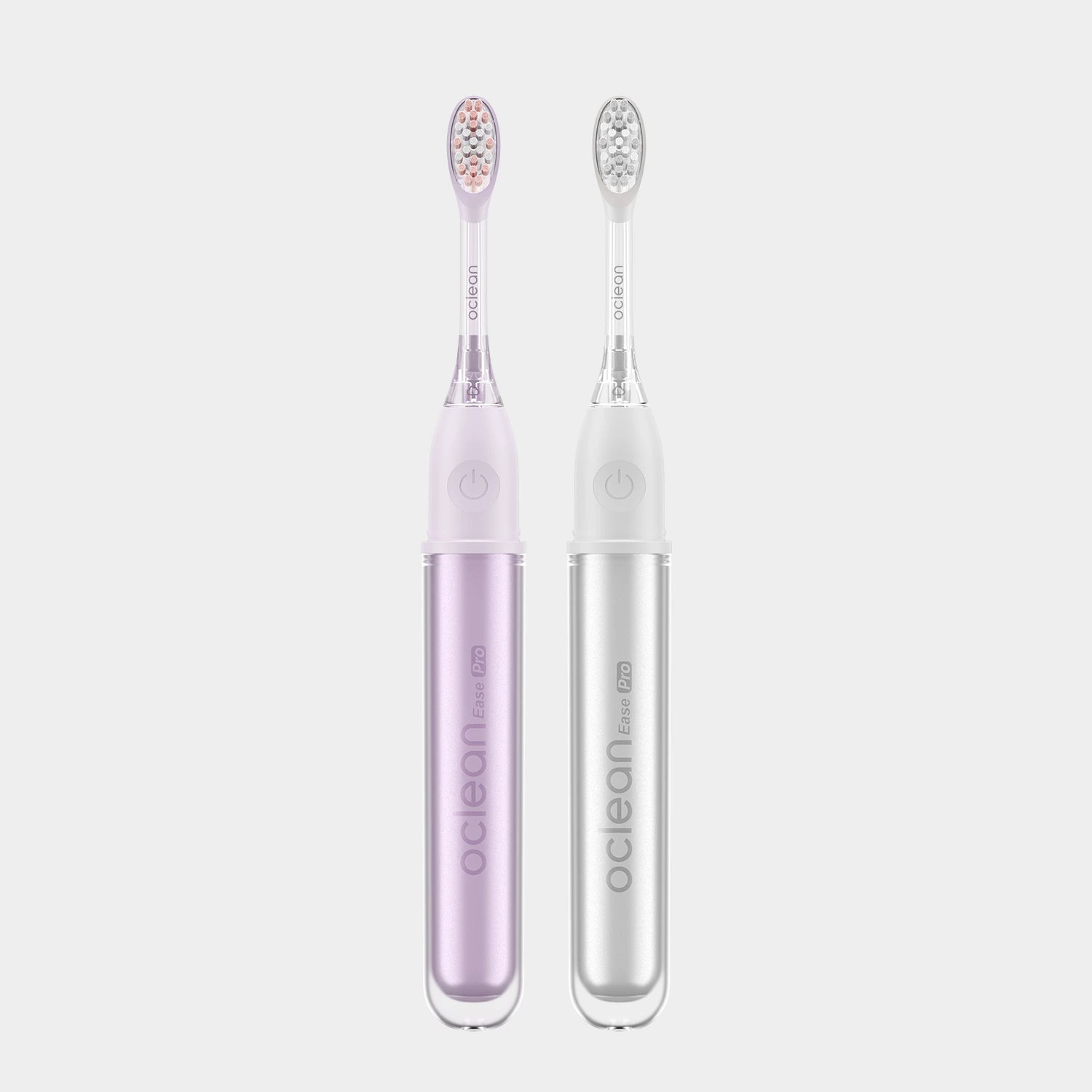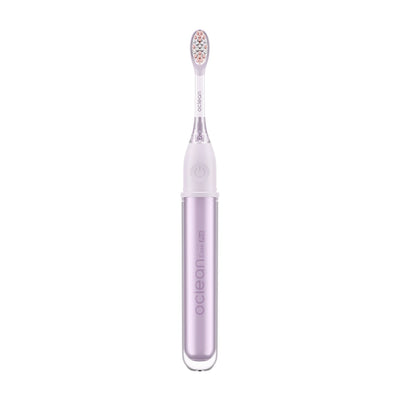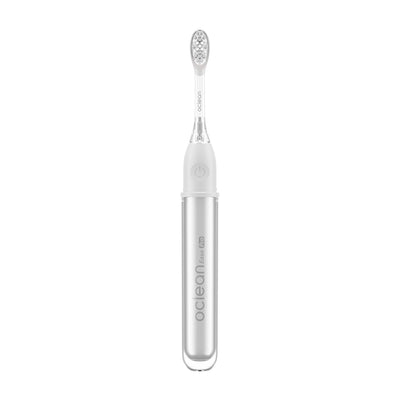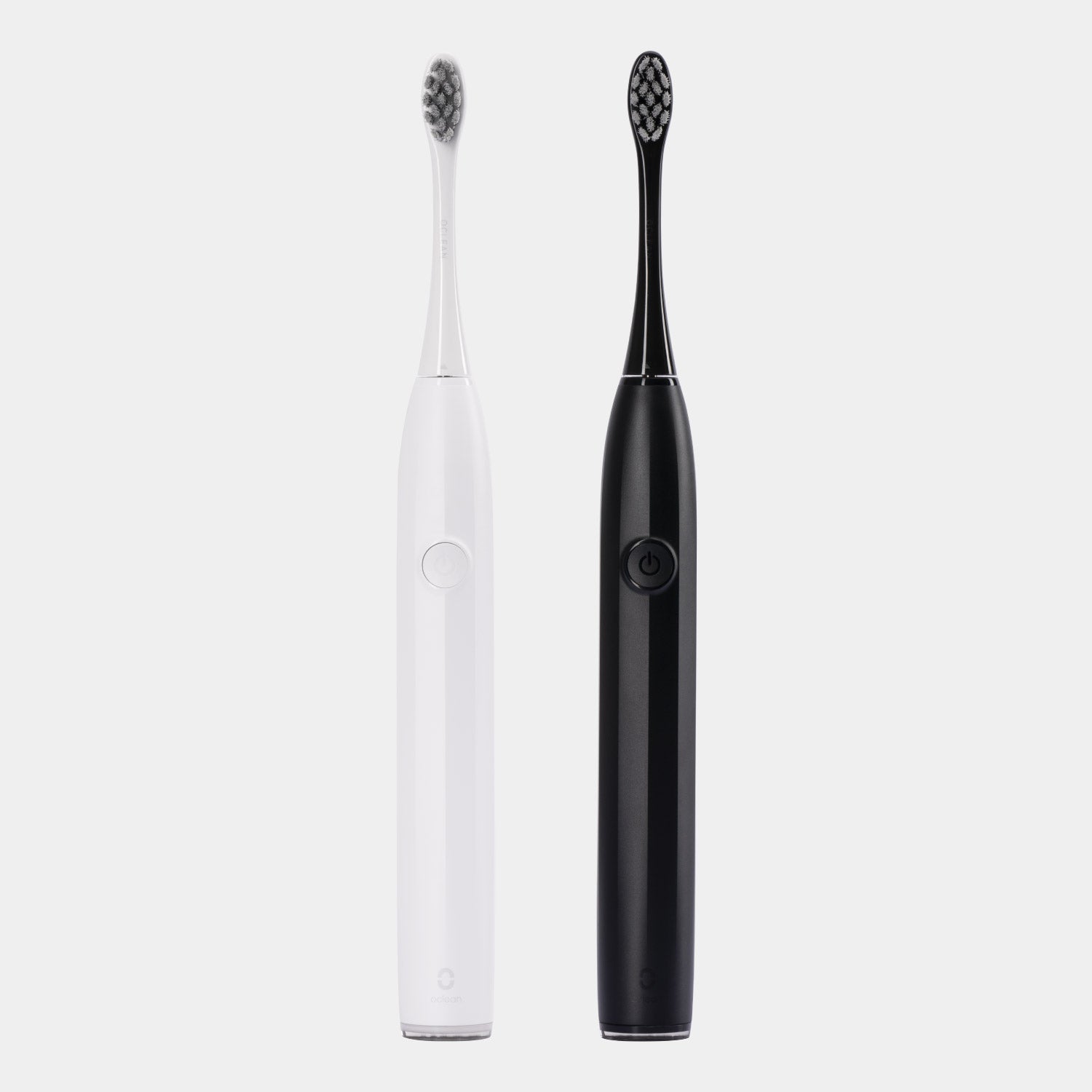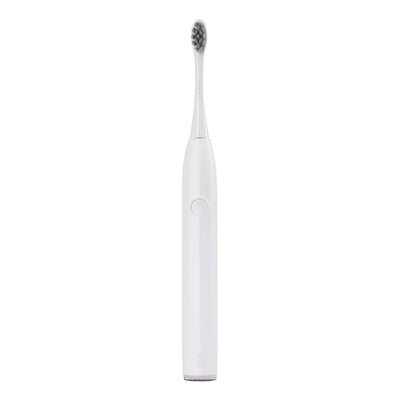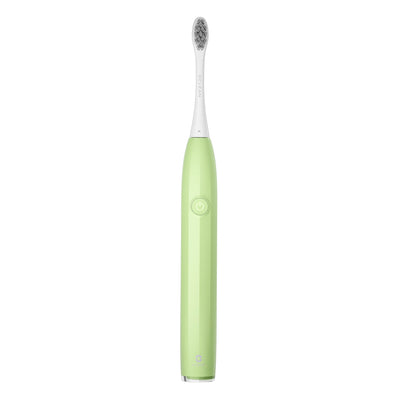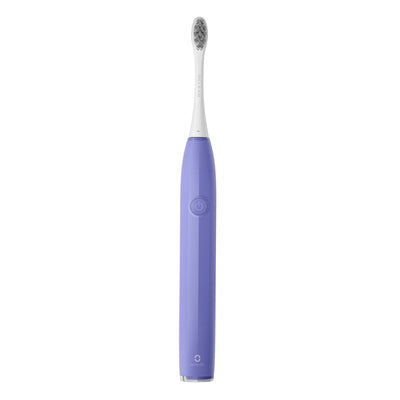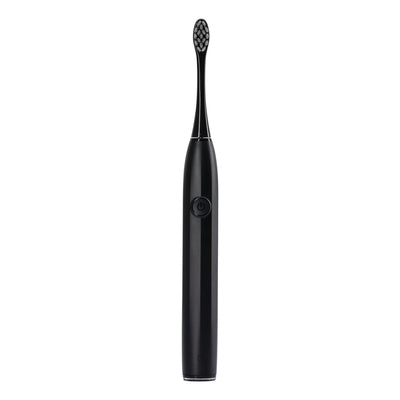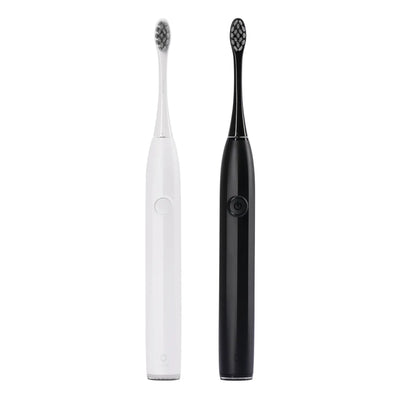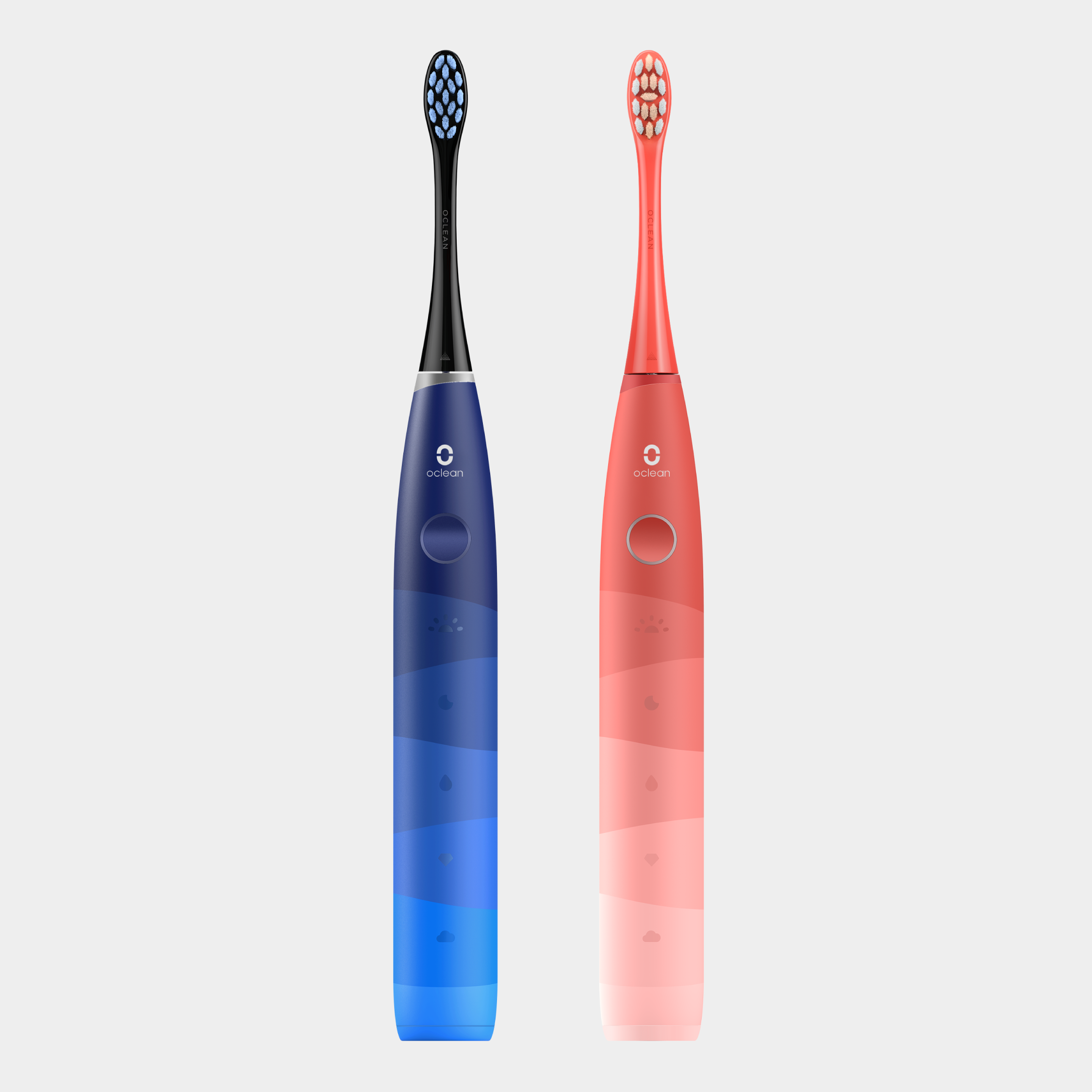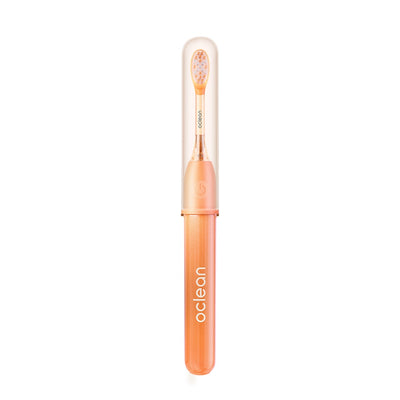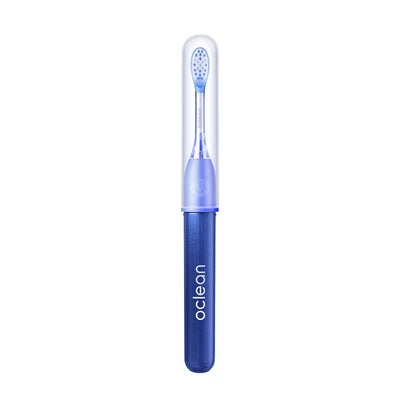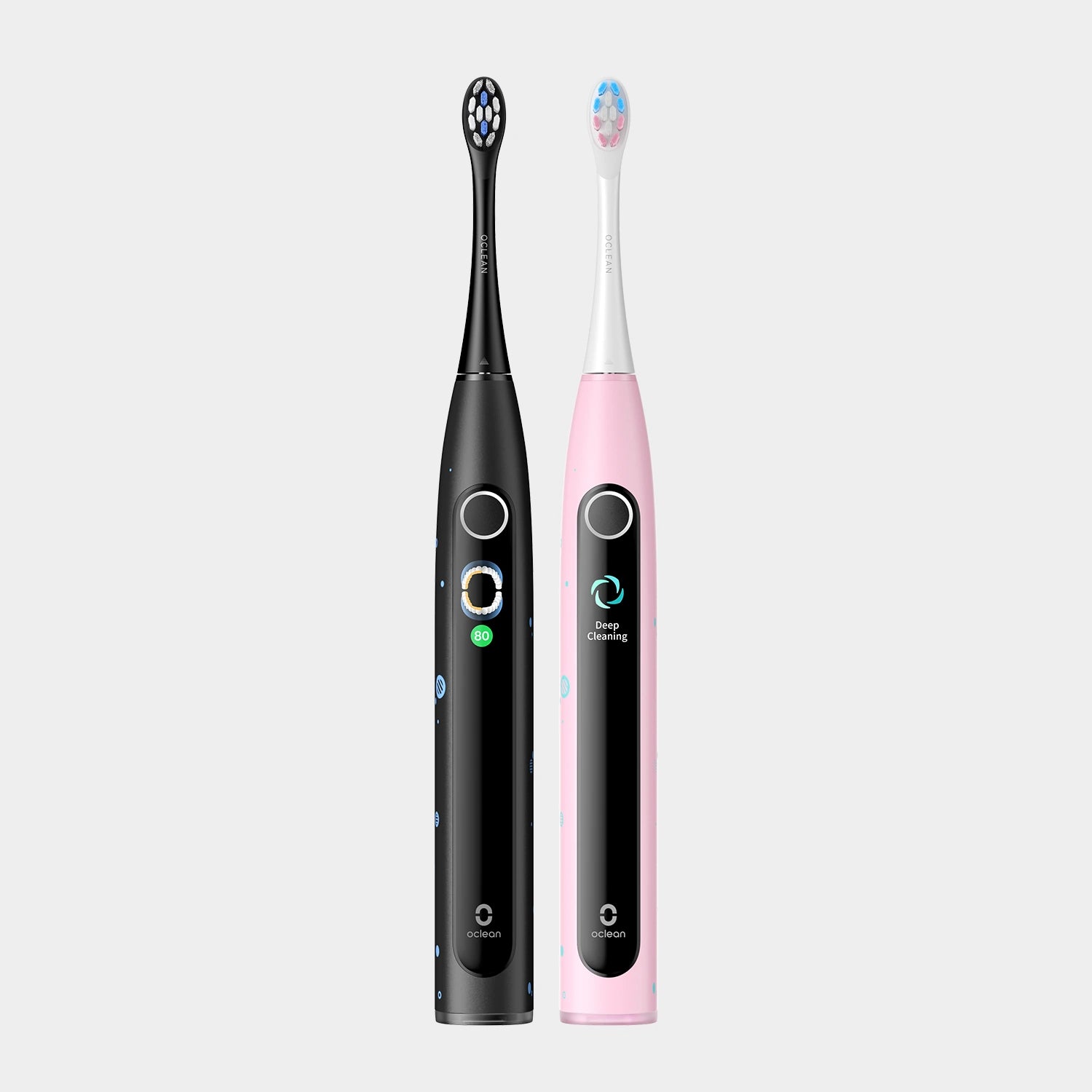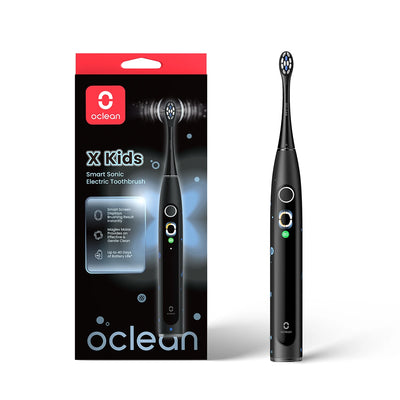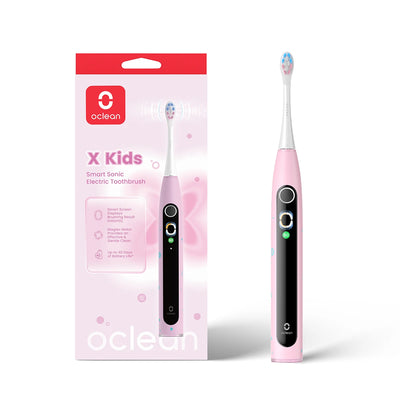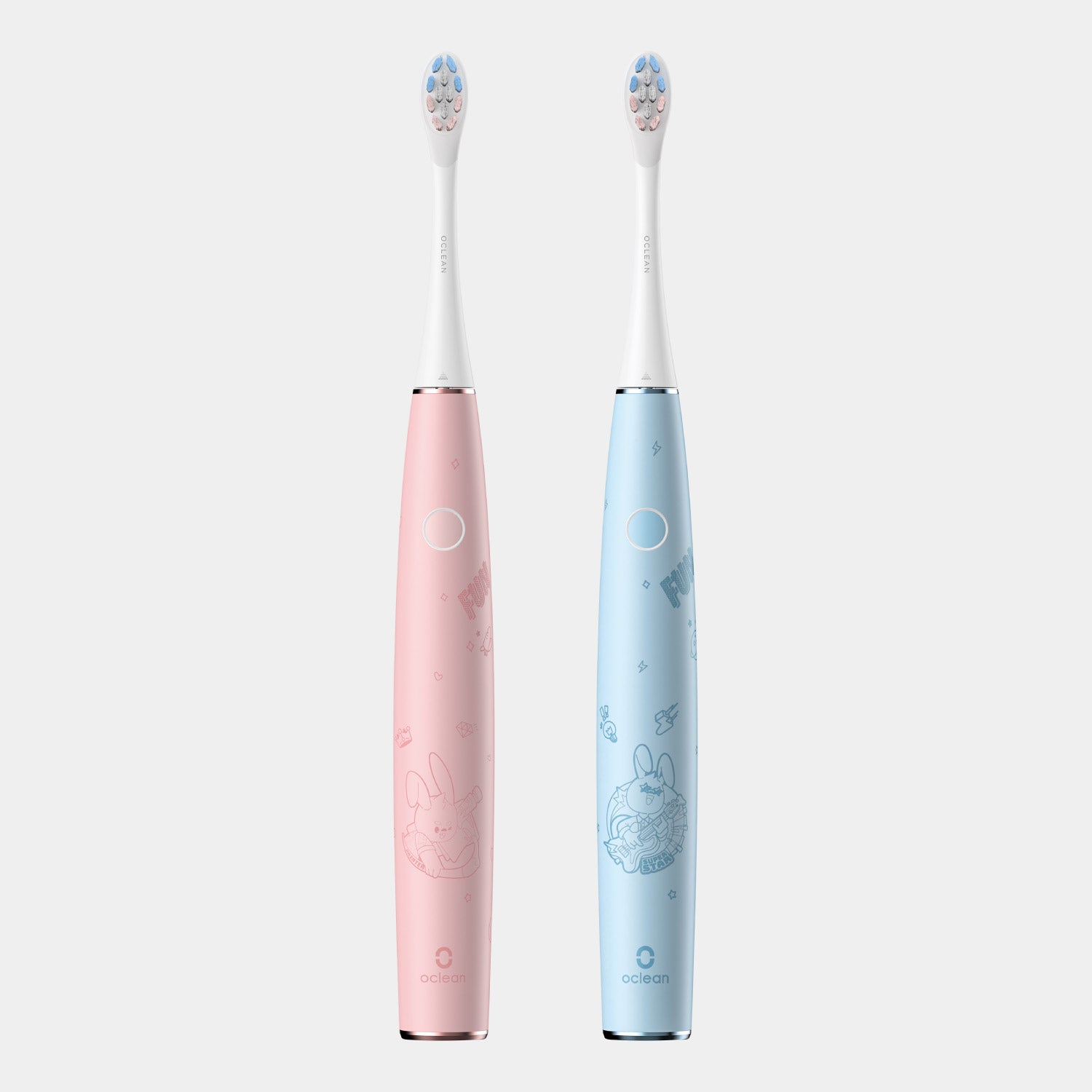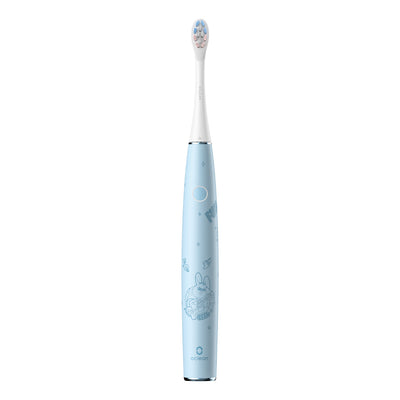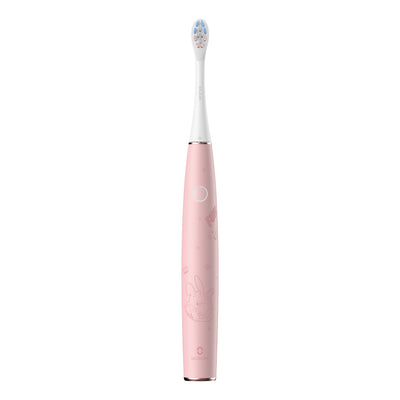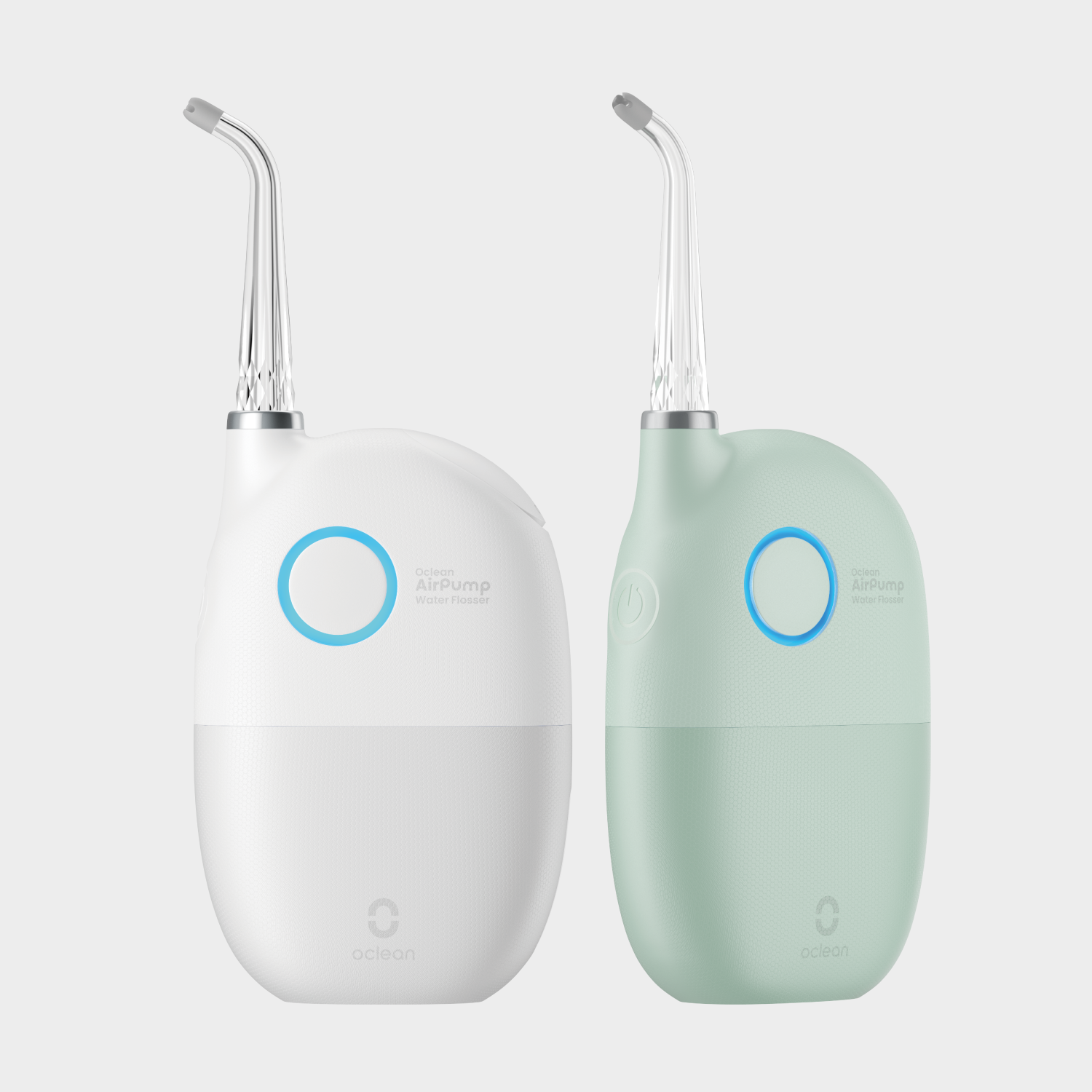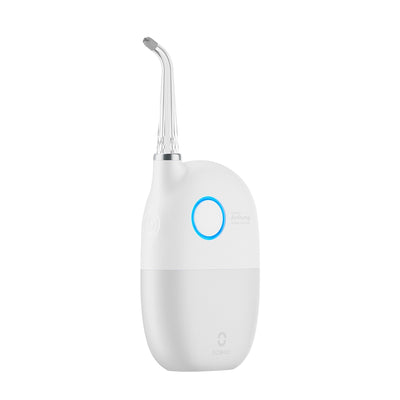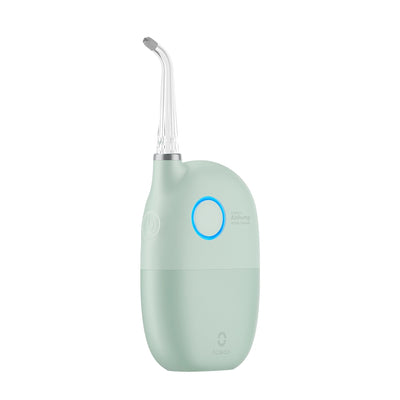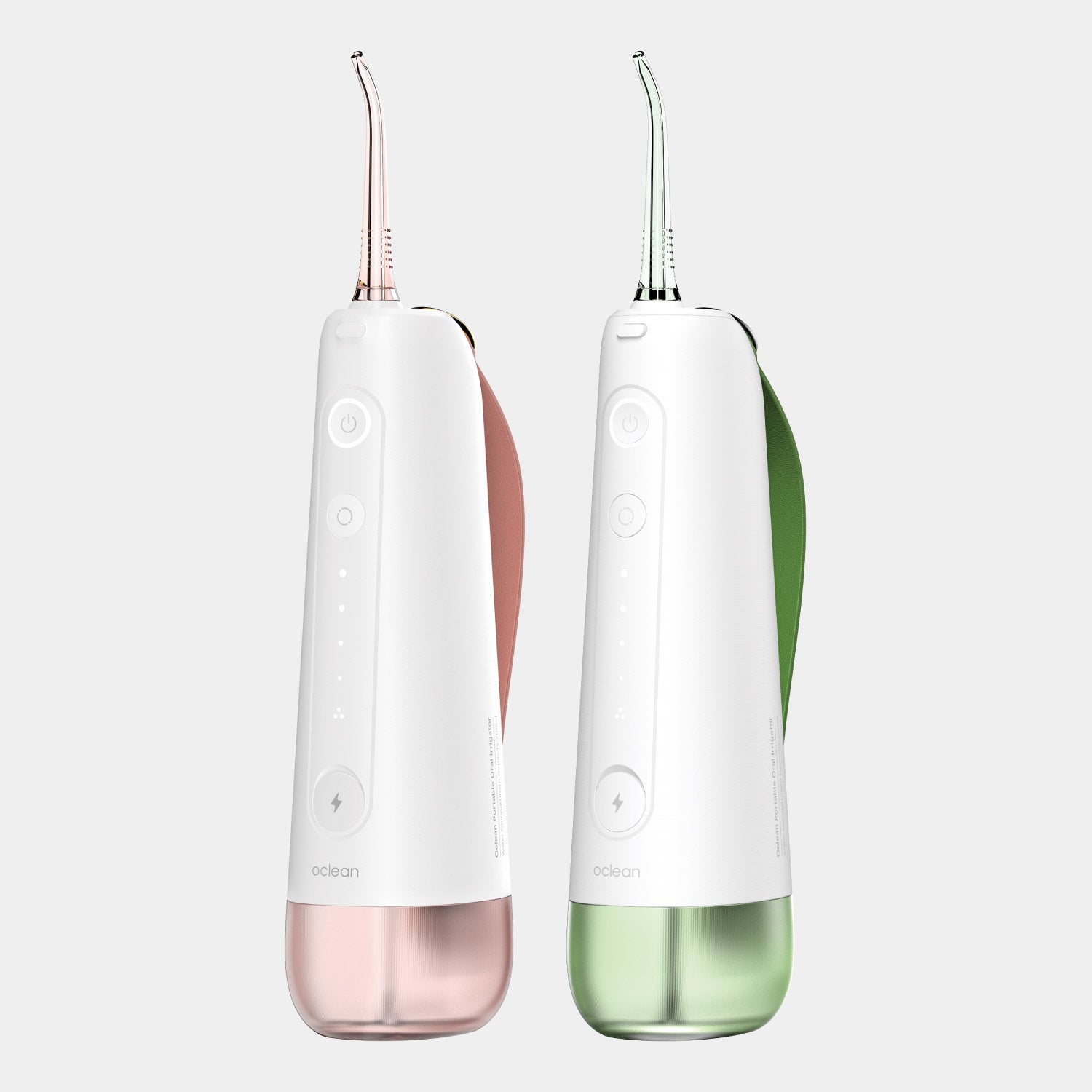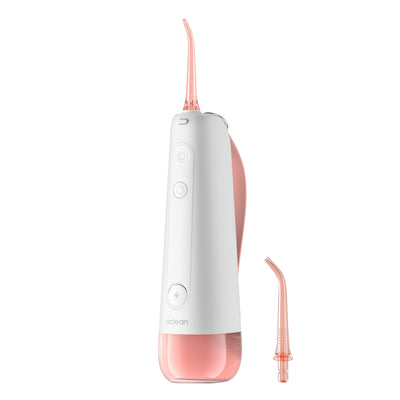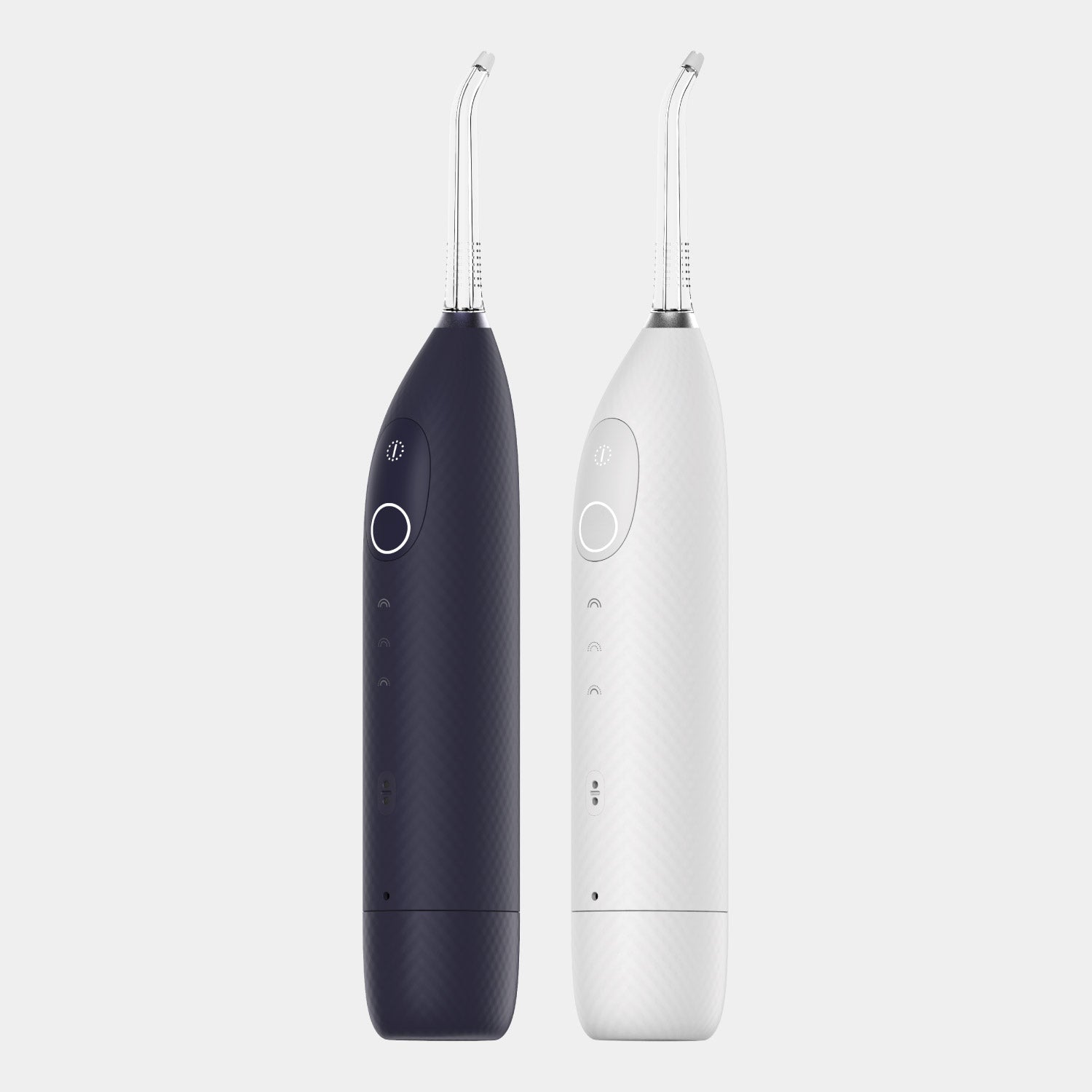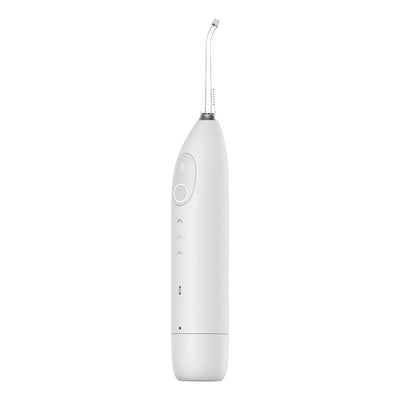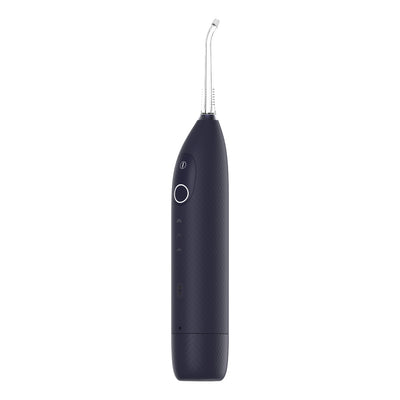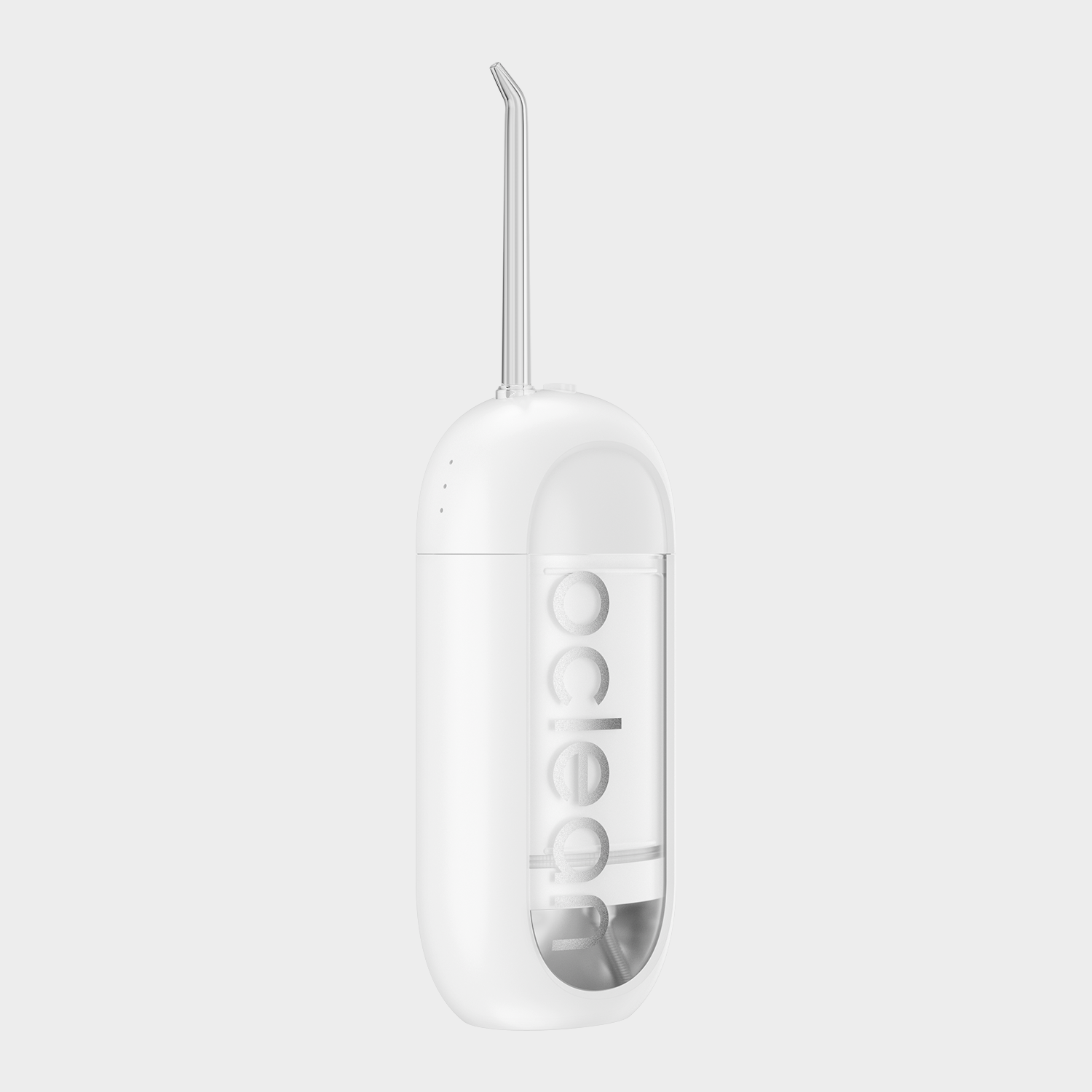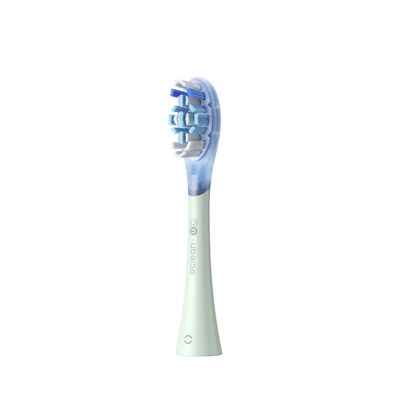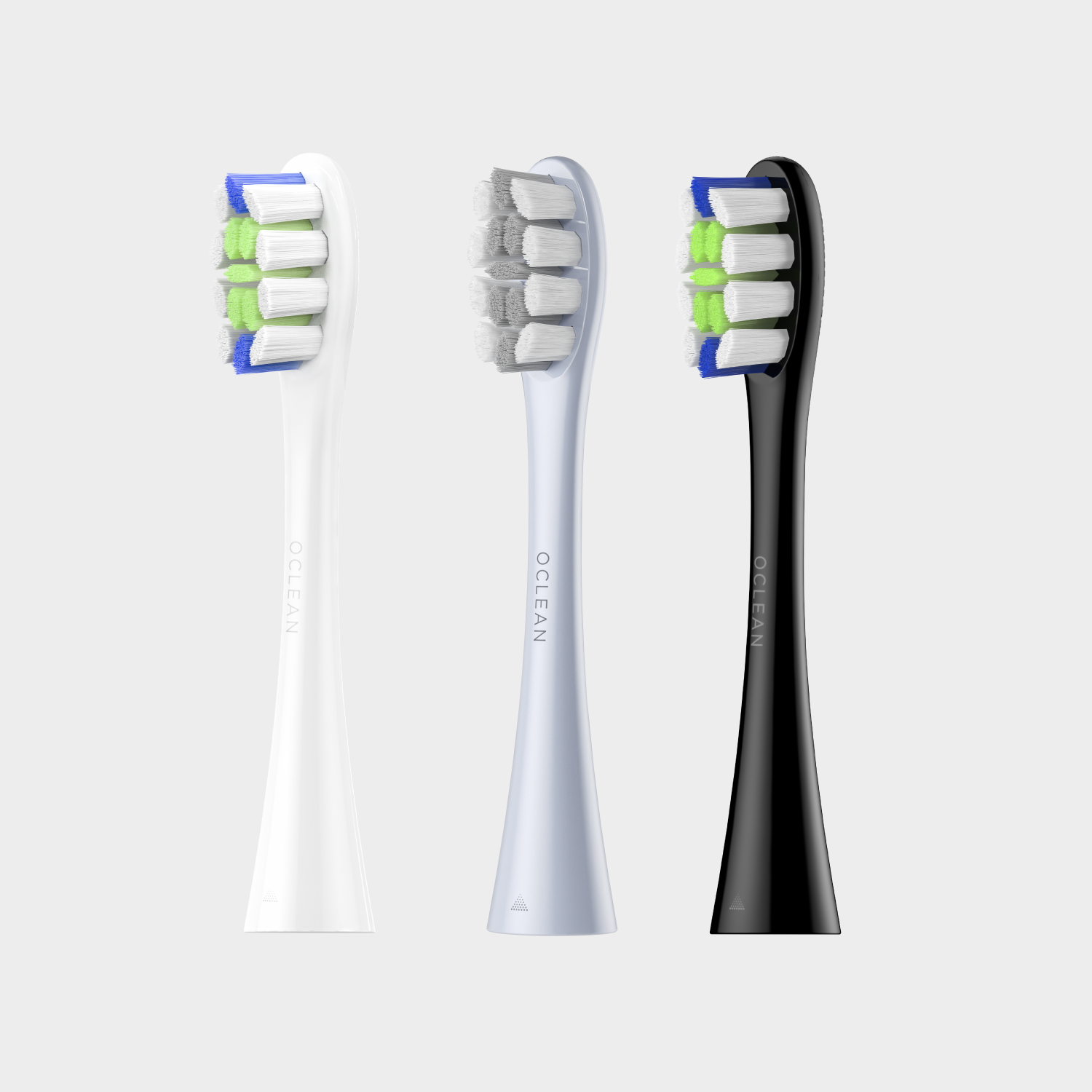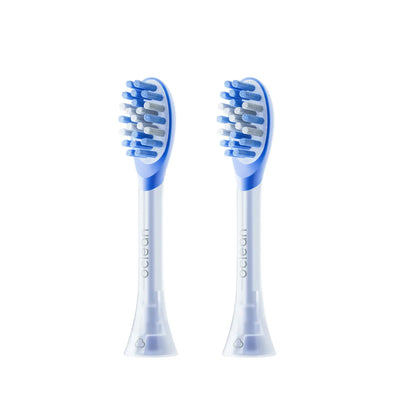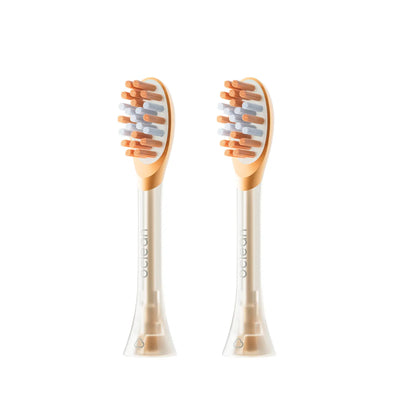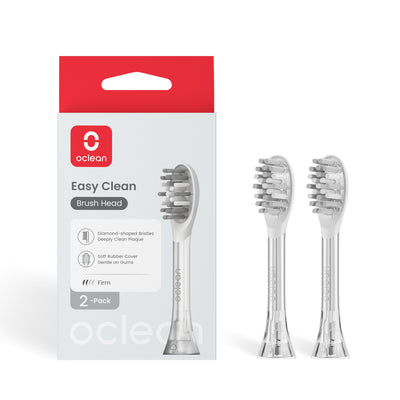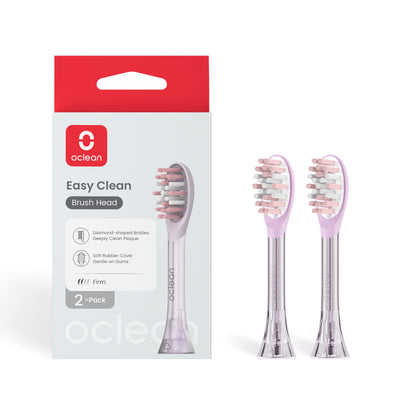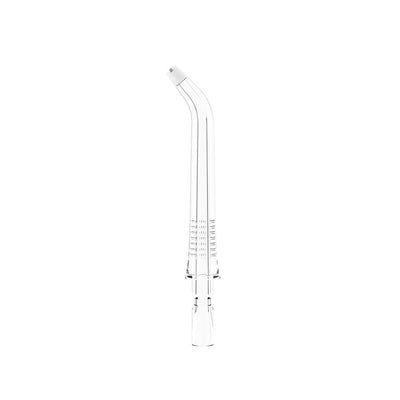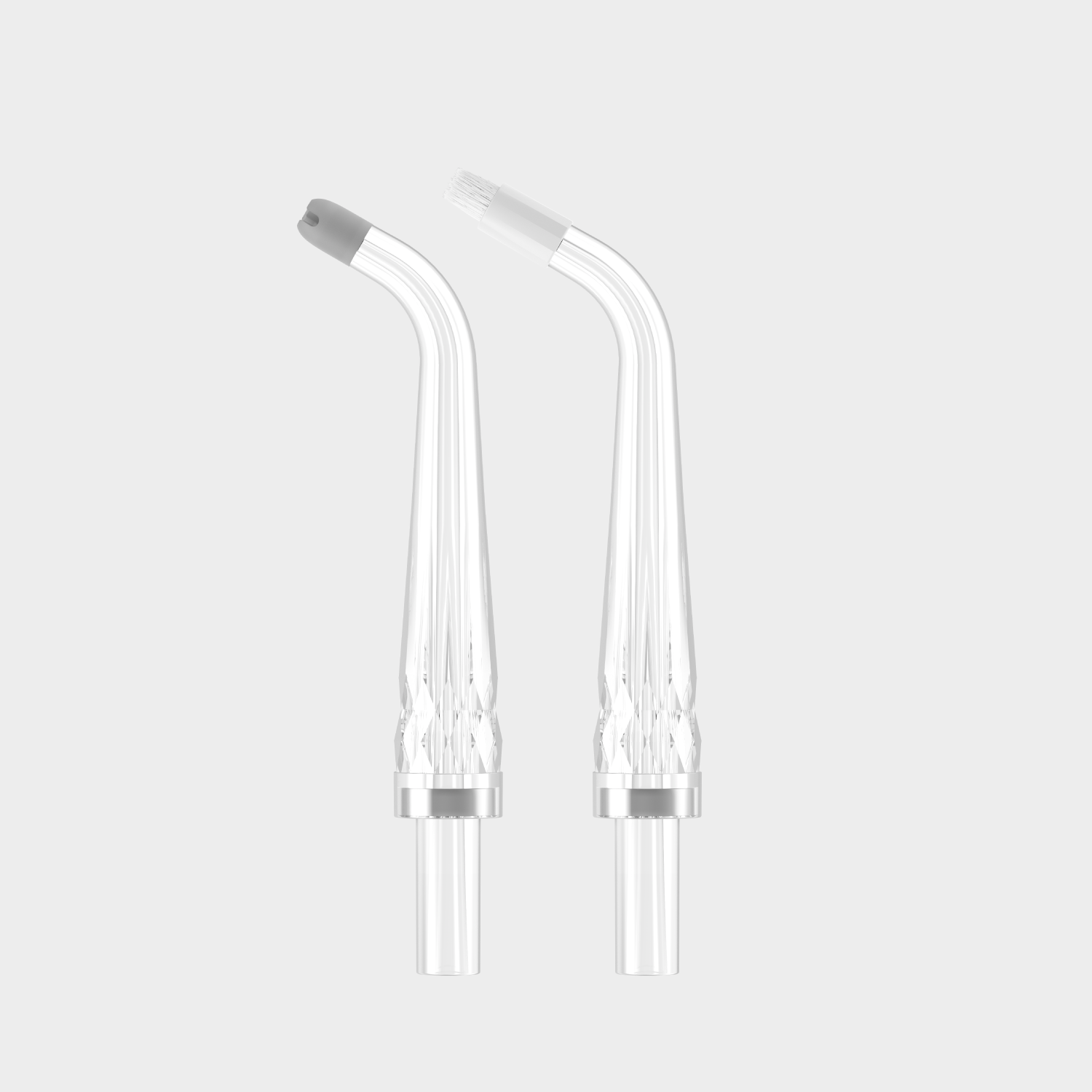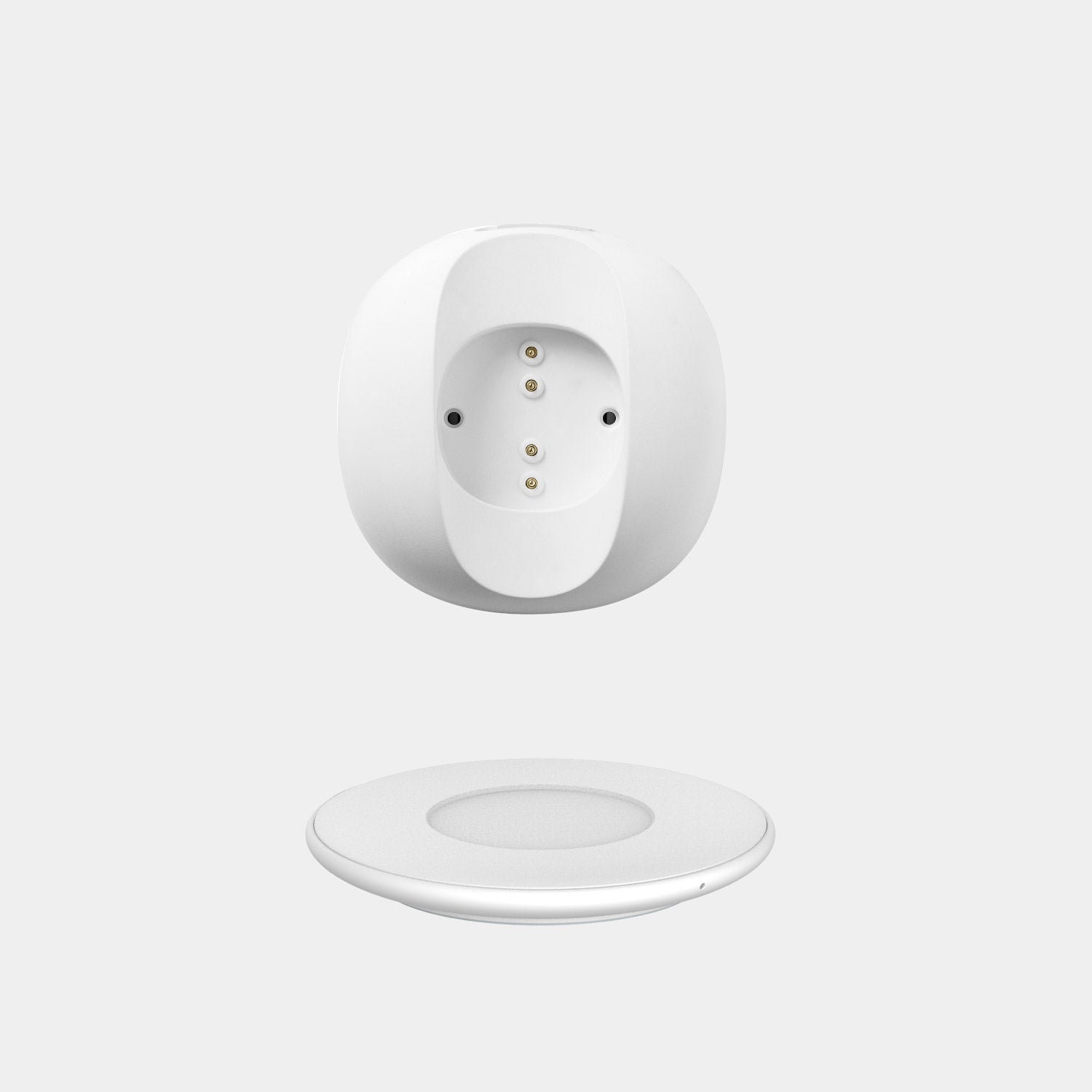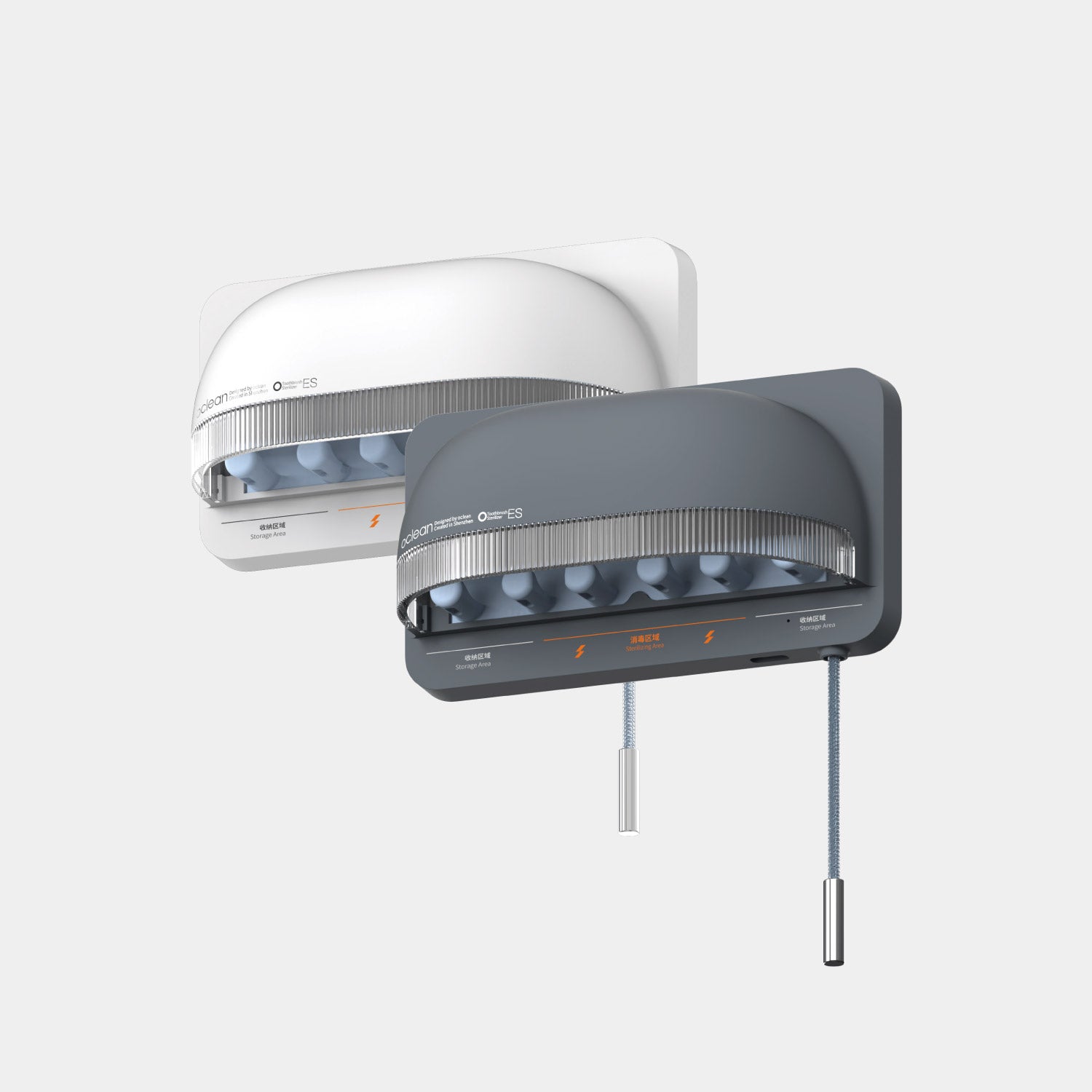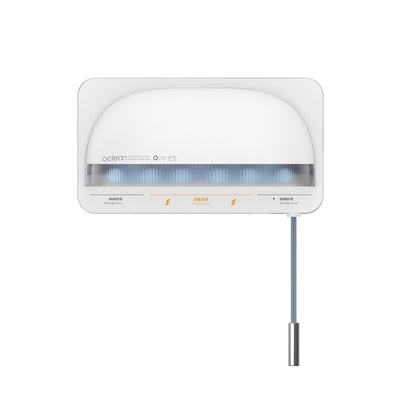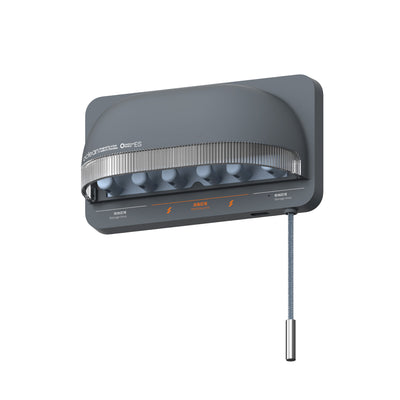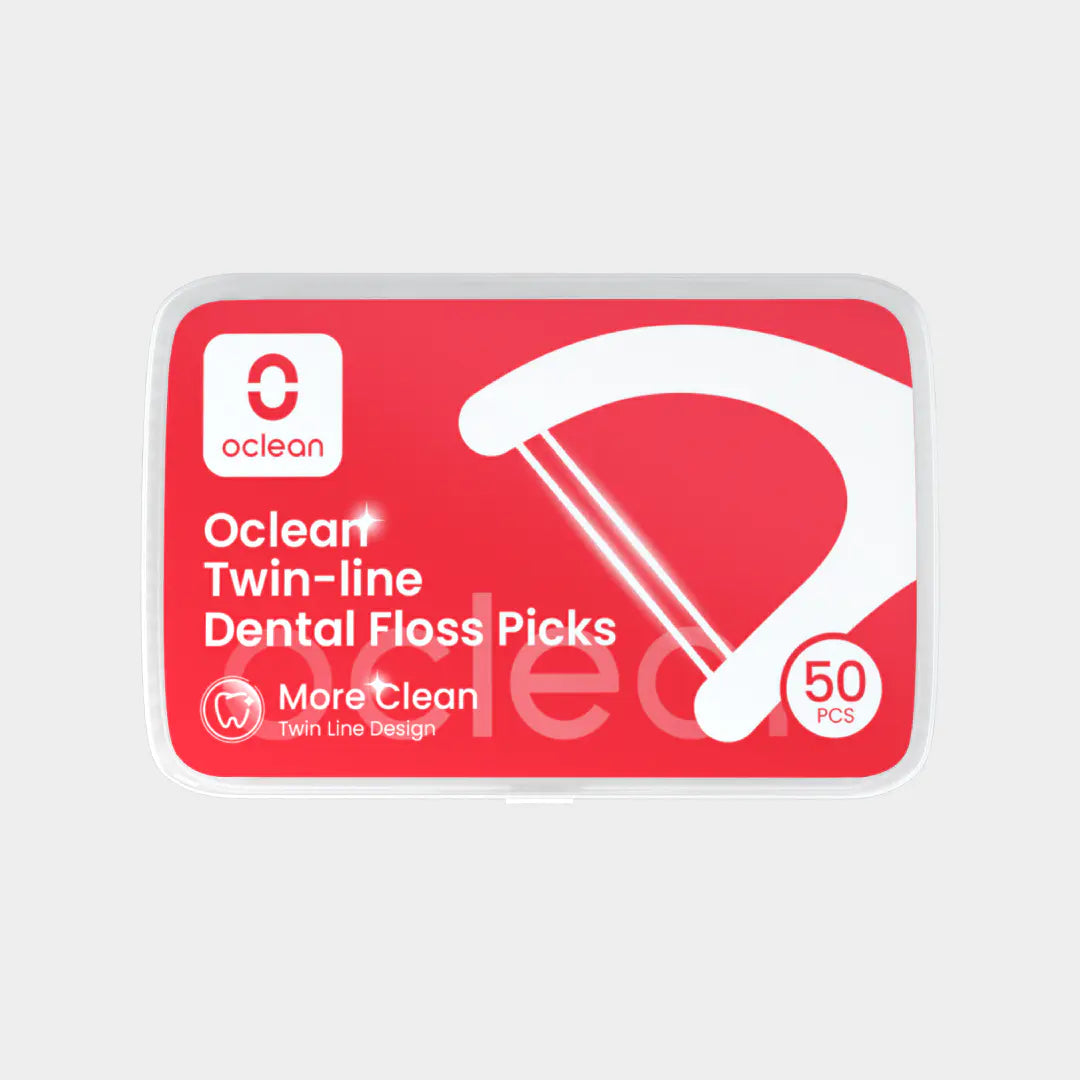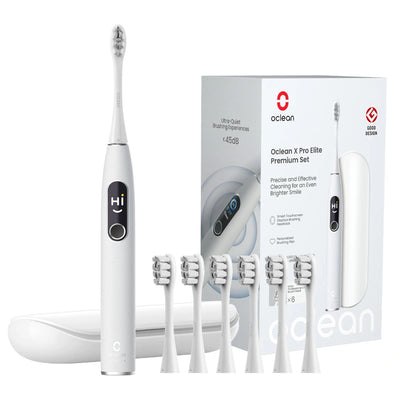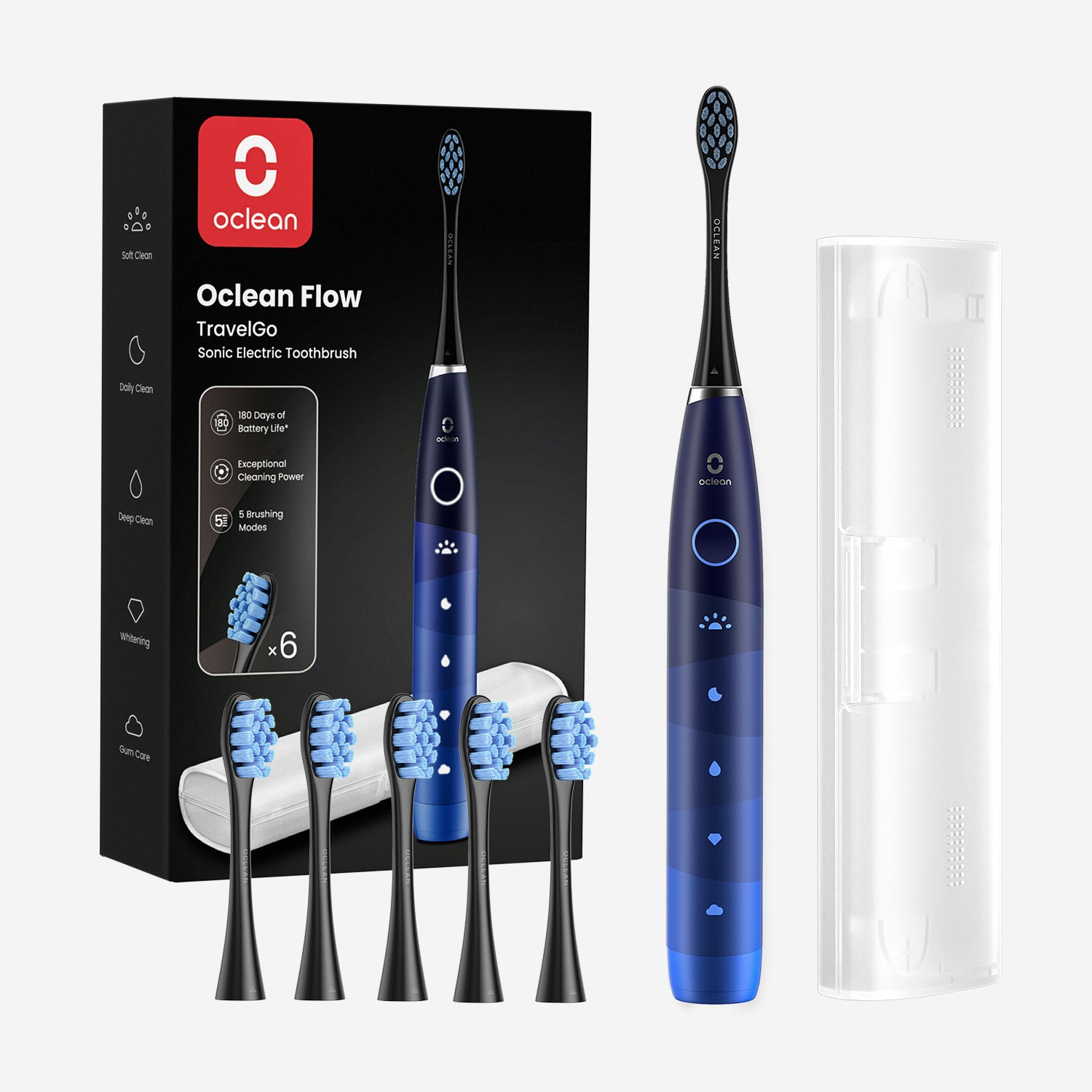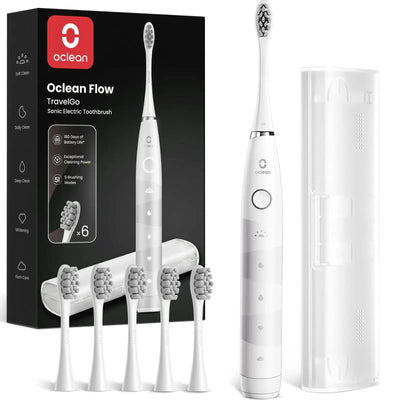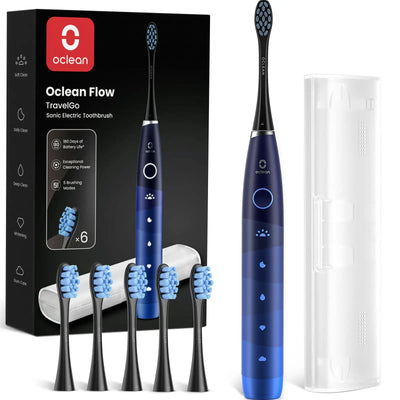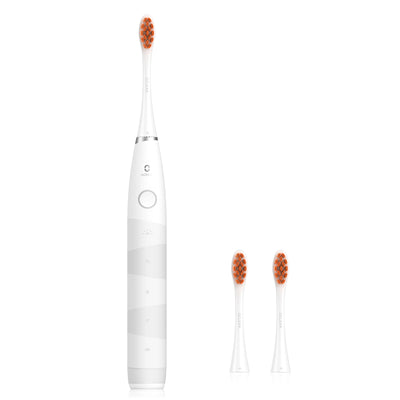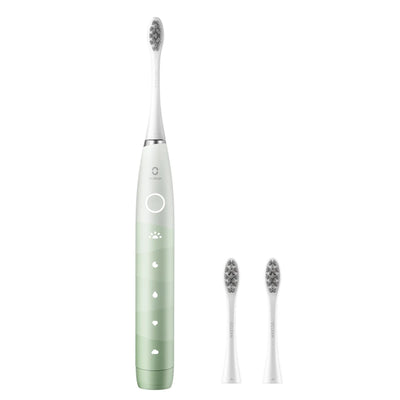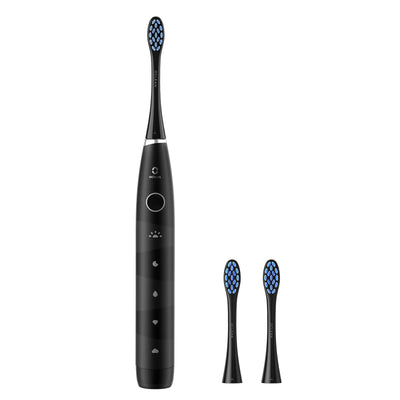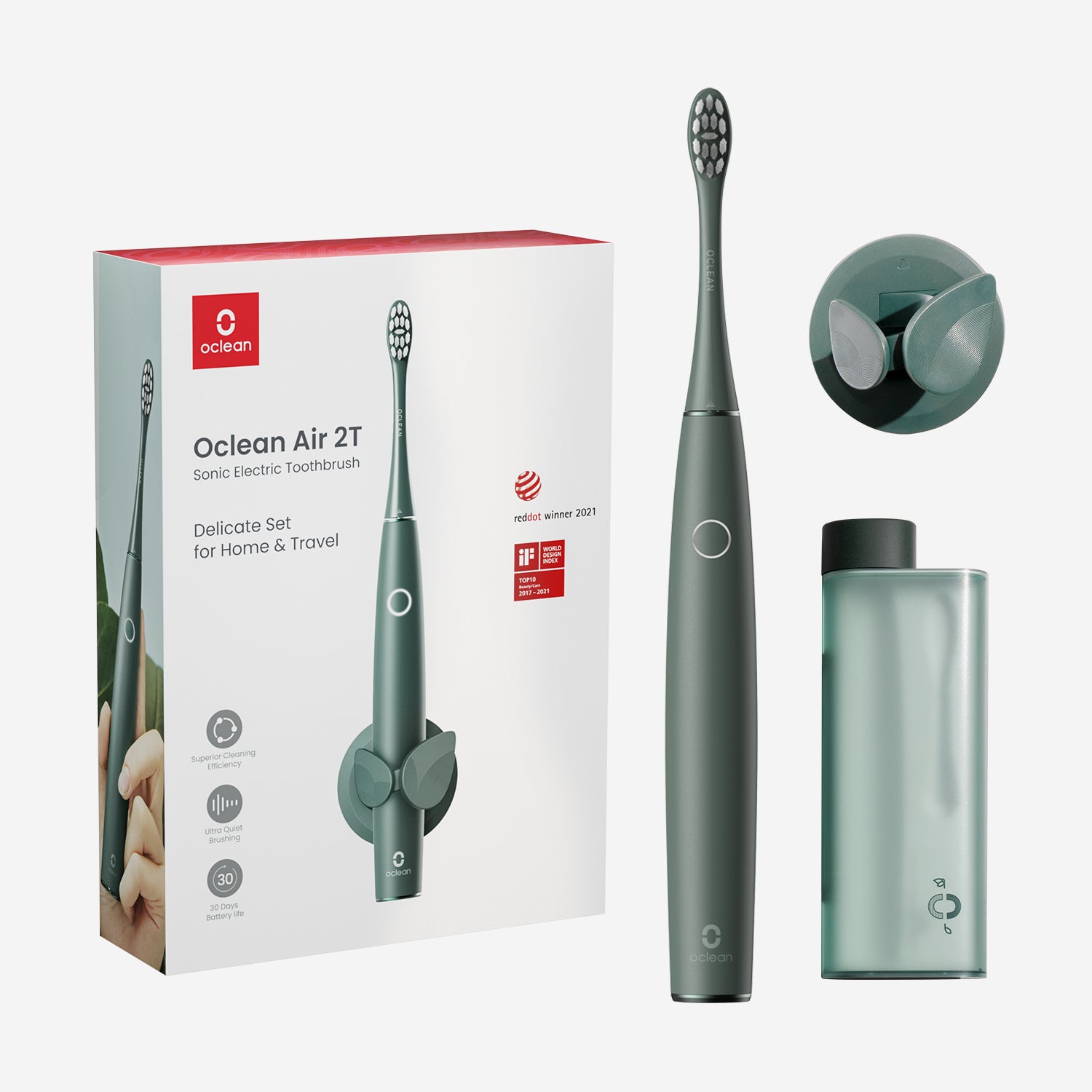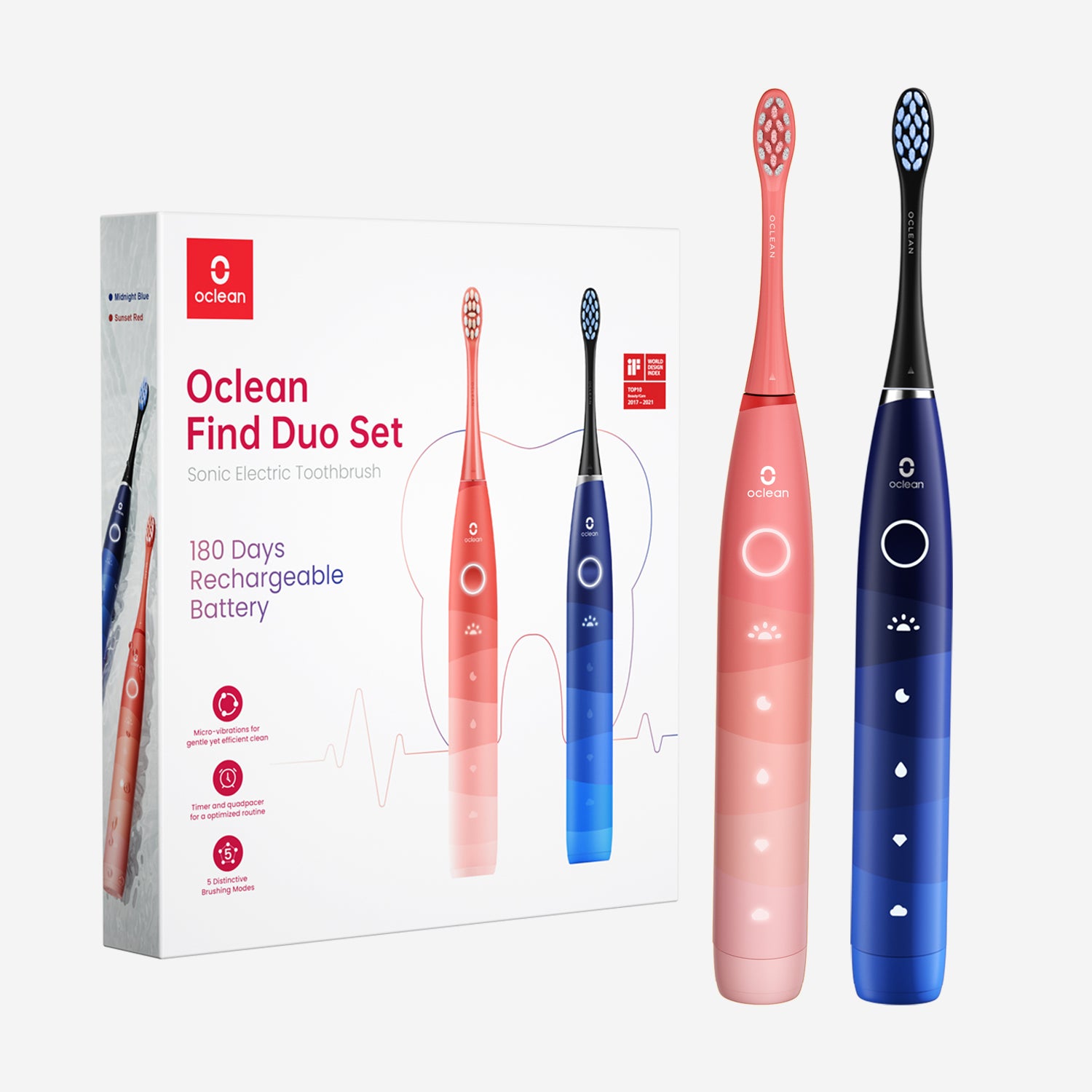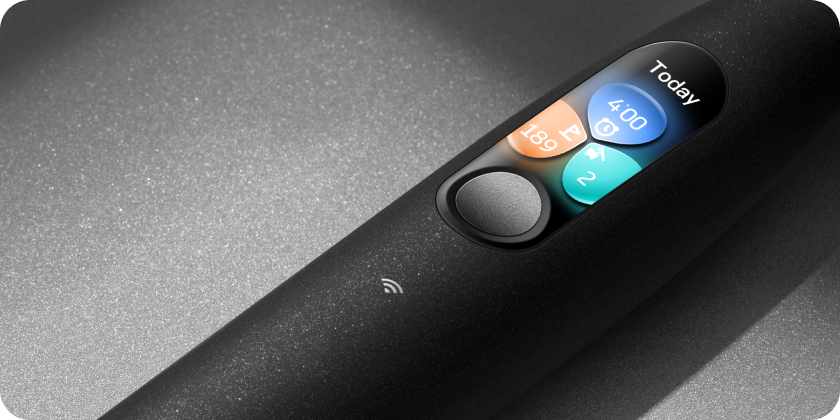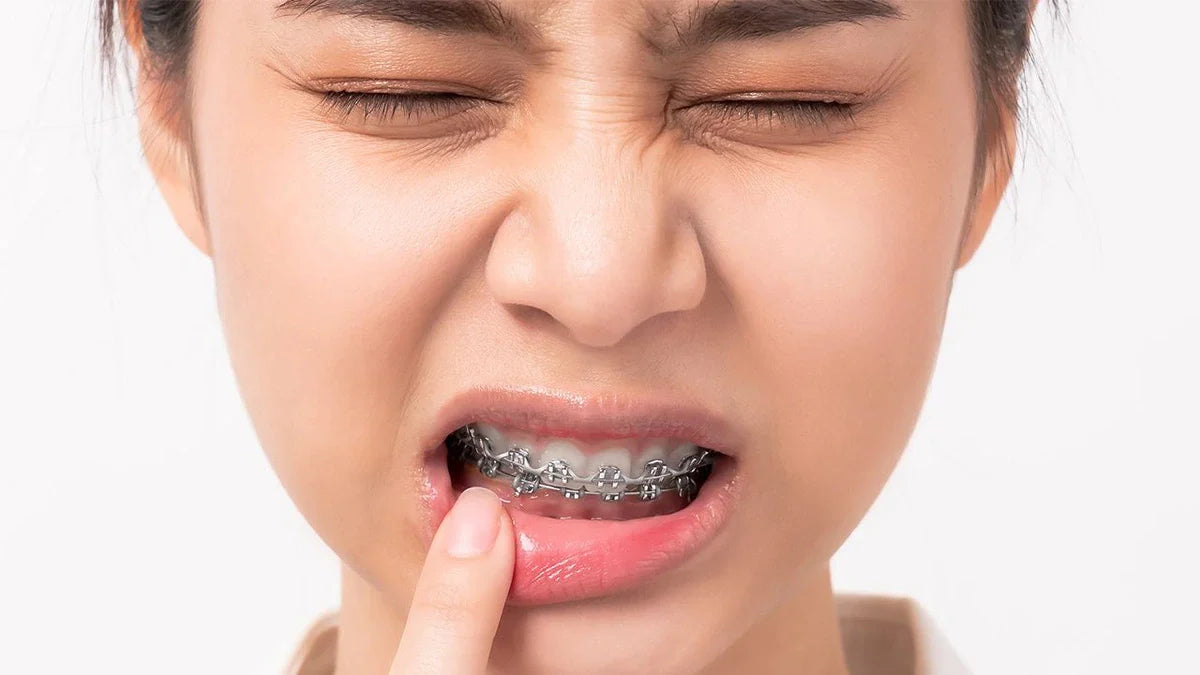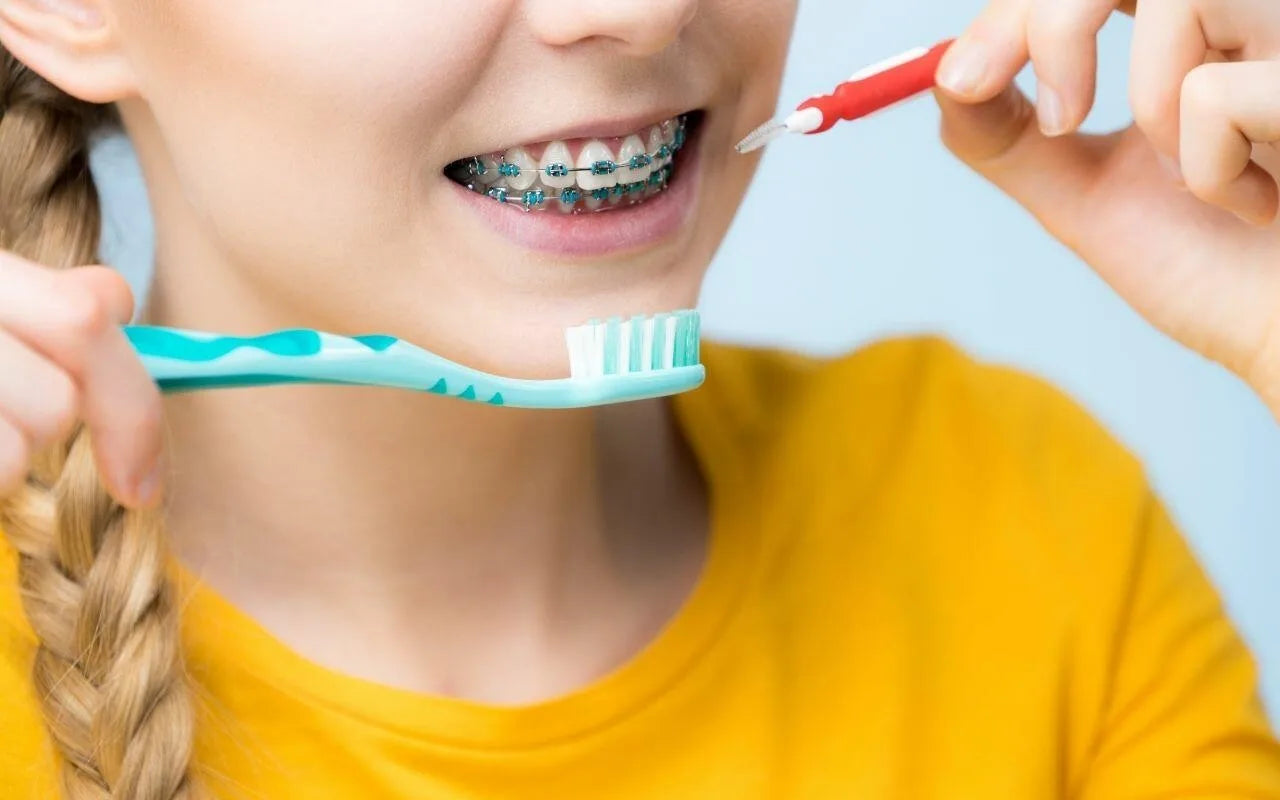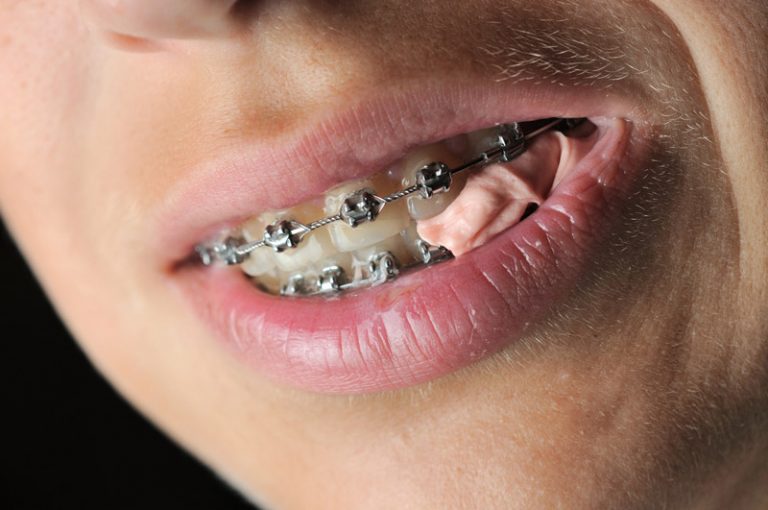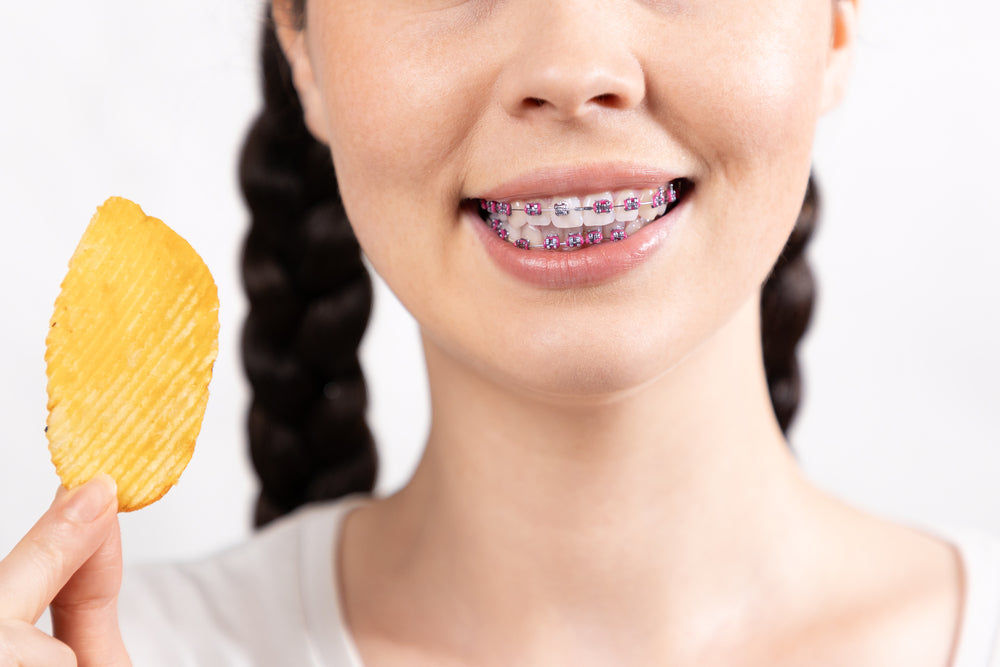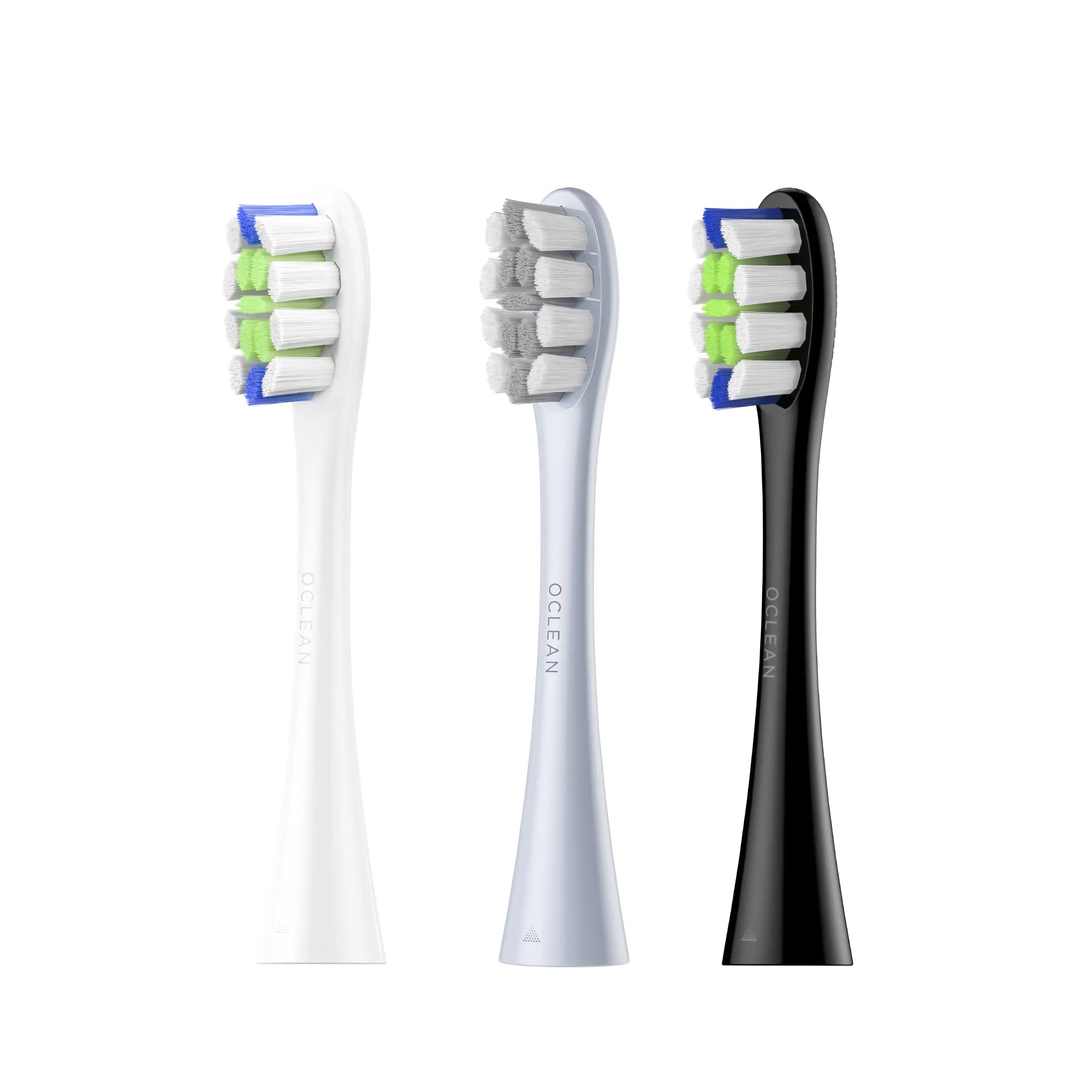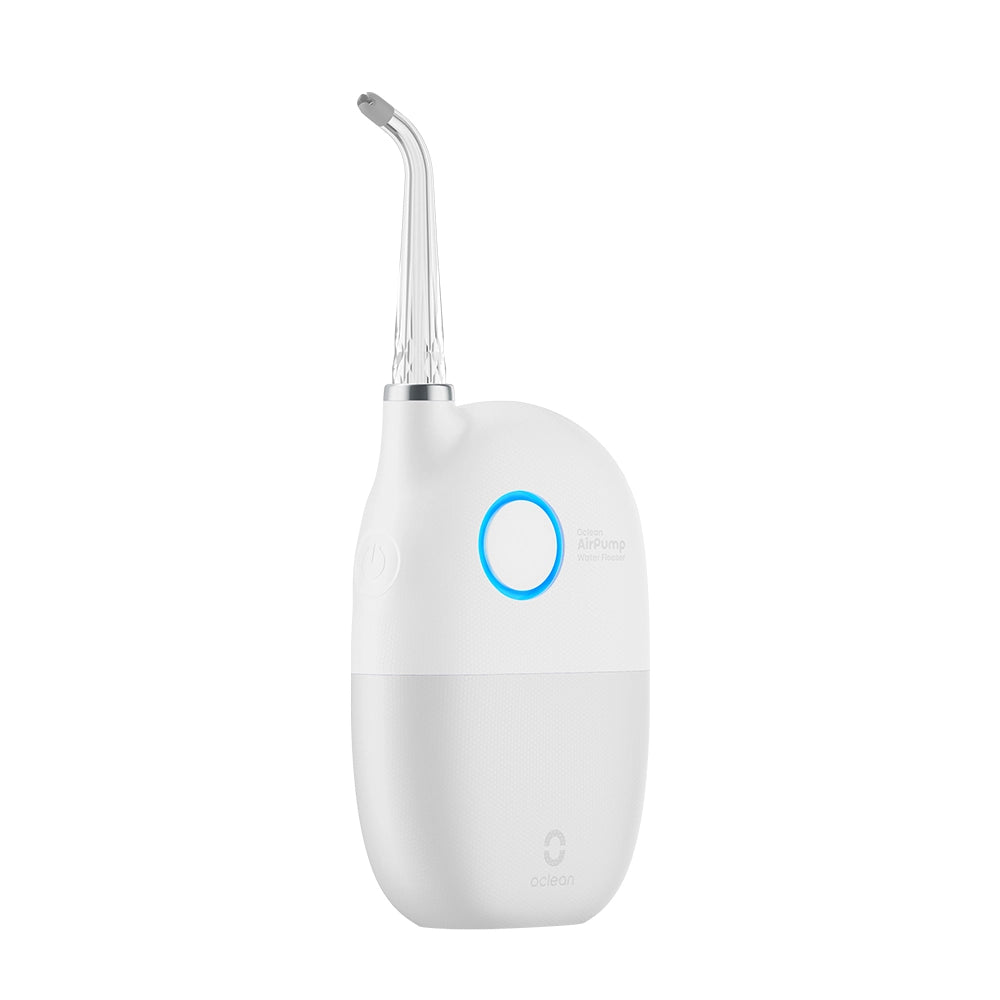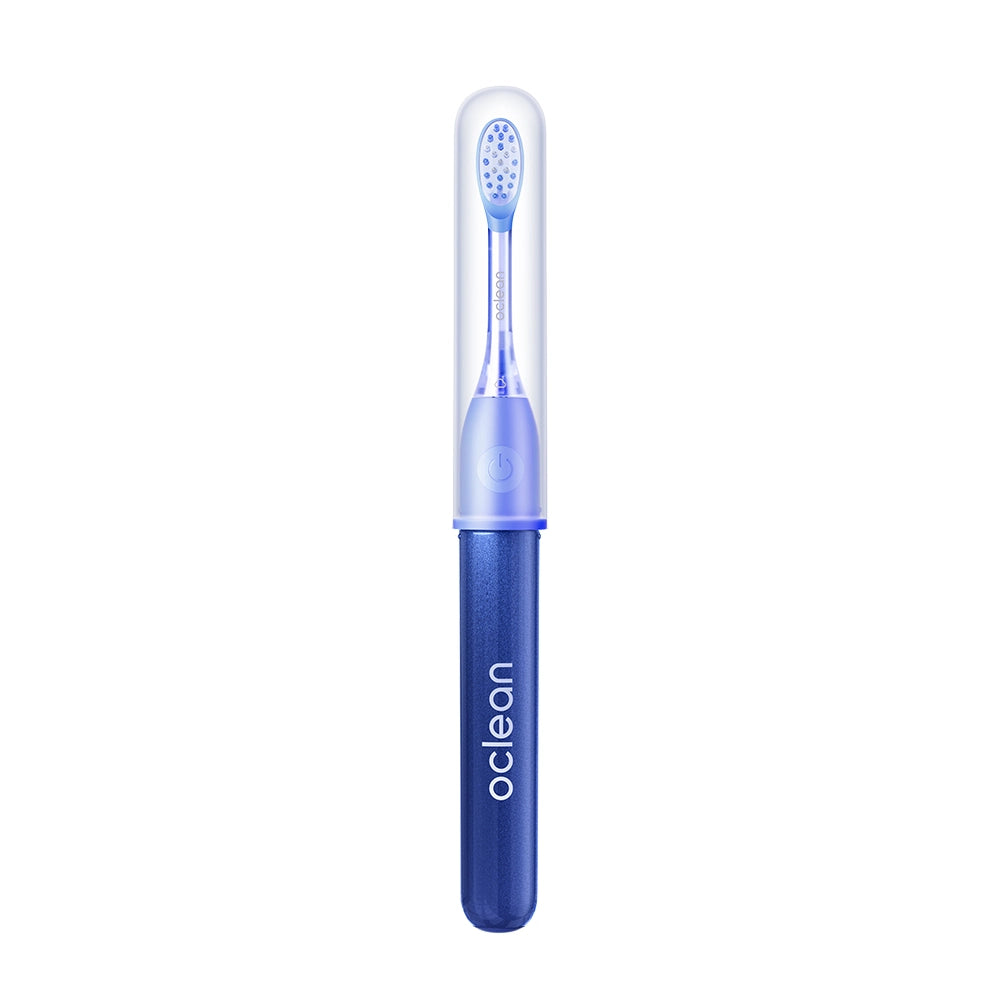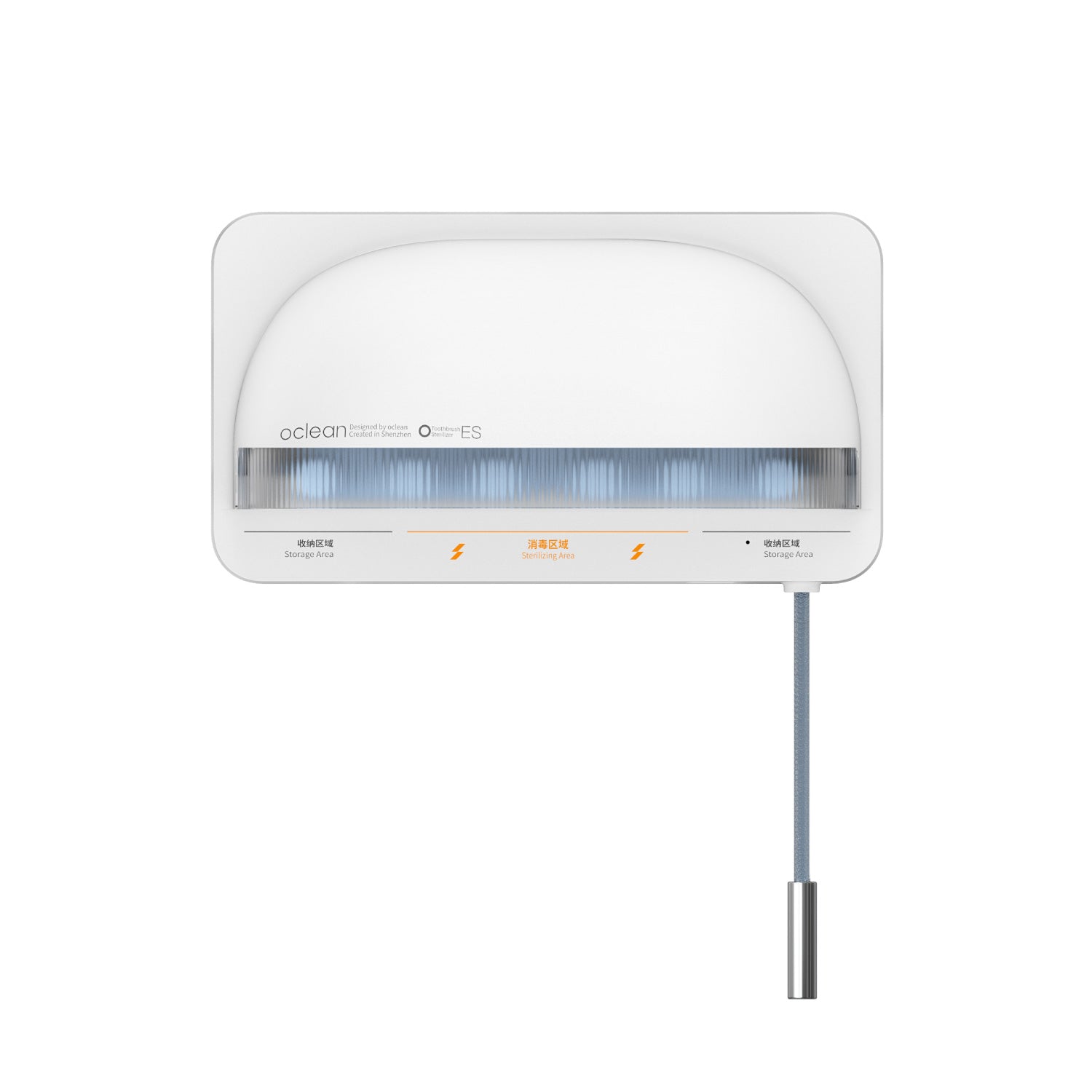Getting braces isn’t just an option for better-looking teeth – it can substantially boost your oral hygiene and make everything from eating to talking much easier. In children and adults, braces are often deemed a dental necessity – crucial for long-term oral health.
The problem? Well, dental treatment isn’t always affordable. The dentist’s time and expertise, the equipment, and the braces themselves can add up to thousands of dollars. It’s a cost few adults (including) parents can cover without support.
Medicaid is the obvious option for funding any necessary orthodontic treatment due to either a lack of funds or insurance. However, most people aren’t sure if they or their children are covered by Medicaid.
In short, does Medicaid pay for braces and other orthodontic treatments? We’re answering this important question as well as providing other relevant information. Let’s take a closer look.
What is Medicaid?
In the US, health insurance is critical to accessing healthcare services, including dental and orthodontic treatments. Usually, health insurance is either purchased by an individual or provided as part of their employment.
Unfortunately, many people struggle to access health insurance. Such low-income individuals and families are covered under Medicaid, which provides free or low-cost health coverage.
Due to its free or low-cost nature, Medicaid sets eligibility criteria to determine who can and can’t access treatments. Understanding these criteria is essential to working out if Medicaid can pay for braces for you or your family.
Types of Medicaid Insurance
Medicaid runs several different insurance programs aimed at different demographic groups. The coverage can vary significantly depending on the plan and the state. However, orthodontic and dental treatment is available via many of these options.
Let’s go through the most important types:
Fee-for-Service (FFS) Medicaid
Under FFS Medicaid, the state pays healthcare providers directly for each service provided. It’s the most common option for most patients. Unfortunately, dental and orthodontic care are only covered if deemed medically necessary.
Even if coverage is provided, it’s often limited among adults. Children under 21 have much greater access to care, including the more comprehensive EPSDT (Early and Periodic Screening, Diagnostic and Treatment) requirements.
Managed Care Organizations (MCOs)
MCOs are an extremely common aspect of Medicaid. Recipients rely on a private insurance company to administer treatment on behalf of the state. As before, there’s significant variation between states regarding coverage. Usually, coverage extends solely to children and teens for medically necessary interventions.
Given the additional cost of orthodontic treatment, it’s not always clear if braces are covered. Authorization is almost always required. Some preventative and routine dental care is consistently provided – braces may sometimes fall into this category.
Children’s Health Insurance Program (CHIP)
CHIP is often bundled with Medicaid for kids from low to moderate-income families. This program, more specifically, includes comprehensive dental and orthodontic coverage. For example, if a child has a functional issue, e.g., bite issues or speaking problems, then orthodontic care is provided. Dental care, such as cleanings, sealants, and X-rays, is a standard part of CHIP.
Medicaid Expansion Plans (ACA-related)
These plans are tailored towards low-income adults. Orthodontic work is rarely covered under these plans. However, some emergency dental work is offered. What is and isn’t covered is left up to the states.
Long-Term Services and Support (LTSS)
Lastly, LTSS is a plan designed for people with disabilities or chronic conditions. Like the other plans, orthodontic and dental treatment is reserved for cases where it is medically necessary or connected to an overall treatment, e.g., craniofacial abnormalities.
Does Medicaid Cover Braces?
Okay. There are many different types of Medicaid insurance, each with its own coverage, which is further complicated by the variation from state to state.
But what about the core question: Does Medicaid cover braces? Well, frustratingly, the answer is that it depends. It’s impossible to say if any individual case of braces will be covered under each state’s specific guidelines.
As a general rule, if the braces are purely for cosmetic or aesthetic reasons, it’s unlikely that the procedure will be covered. Most types of Medicaid specify that the procedure must be “medically necessary.” This slightly blurry term usually refers to problems with biting, speaking, eating, and all the other issues of dental development.
Coverage By States
The simplest way to group coverage is state by state. While there are certainly differences between different types of Medicaid insurance, the biggest differences are determined by the state government. Some states opt for extensive dental and orthodontic coverage, with generous insurance policies, whereas other states categorize dental and orthodontic care under “emergency-only.”
As of April 2025, Medicaid dental coverage by state is as follows for adults:
|
Medicaid Dental Coverage Level |
States |
|
Extensive Medicaid Dental Coverage |
Alaska, California, Connecticut, Iowa, Maine, Massachusetts, New Hampshire, New Jersey, New Mexico, New York, North Carolina, North Dakota, Ohio, Oregon, Rhode Island, Washington, Wisconsin |
|
Limited Medicaid Dental Coverage |
Arkansas, Colorado, Illinois, Indiana, Kansas, Kentucky, Louisiana, Maryland, Michigan, Minnesota, Montana, Nebraska, Pennsylvania, South Carolina, South Dakota, Vermont, Virginia, Wyoming |
|
Emergency-Only Medicaid Dental |
Arizona, Florida, Georgia, Hawaii, Idaho, Mississippi, Nevada, Oklahoma, Texas, Utah, West Virginia |
|
Minimal or No Medicaid Dental Coverage |
Alabama, Delaware, Tennessee (some emergency or pilot programs may exist, but not consistently statewide) |
Medicaid can cover 100% of the cost of your braces. However, even some states that fall into the extensive category may require a form of copay or coinsurance. That could cover as much or as little as 30% to 70% of your costs – you’ll need to pay the rest. As before, the coverage varies between states.
Does Medicaid Covers Children’s Braces?
Medicaid is significantly more generous to children, and braces are more likely to be deemed medically necessary as problems arise during dental development. Most notably, the Early and Periodic Screening, Diagnostic, and Treatment (EPSDT) benefit covers most of children’s healthcare.
According to the US Department of HHS, at a minimum, EPSDT services must include:
· Relief of pain and infections
· Restoration of teeth
· Maintenance of dental health
The dental services cannot be limited to emergency services. However, as for other programs, the state must deem the treatment medically necessary.
Generally speaking, most states cover children in families earning up to 200% to 300% of the Federal Poverty Level (FPL). In 2024, the FPL for a family of 4 was $31,200 per year. That means the upper limit to qualify for children’s Medicaid or CHIP is typically between $62,400 to $93,600. New York, for example, covers children up to 405% FPL, whereas Texas covers children up to 201% FPL through Medicaid/CHIP, with strict orthodontic coverage standards.
However, it must be stressed that even if you are covered, your children may not qualify for braces. The term medically necessary is often used, but what do we mean? Examples include:
· Severe overbite or underbite
· Jaw alignment problems
· Issues that affect speech, chewing, or breathing
· Cleft lip/palate or craniofacial anomalies
Your Medicaid-approved orthodontist will perform a thorough screening or evaluation to determine if the procedure is necessary, and prior authorization must be approved by the state.
How Much Do Braces Usually Cost?
Without dental insurance or Medicaid, families or individuals are left to pay for braces themselves. On average, patients can expect to spend around $6,000, ranging from less than $2,000 to over $10,000.
Several factors determine the overall cost, including:
· Age. Children’s braces are generally less expensive than adult braces as children’s teeth are easier to shift.
· Type of Braces. Braces come in several varieties. Metal braces are the least expensive, with ceramic braces costing thousands more.
· Location. Typically, rural orthodontists and dentists charge less than those in major cities. Demand drives the price.
· Orthodontist’s Expertise. The better qualified and experienced your orthodontist, the higher their price. Dental schools often run more affordable clinics.
Braces are so expensive because of the intense treatment time. Depending on the case, a patient may visit the orthodontist a dozen or more times to fix their problem. The combined cost of the orthodontist’s time and high-quality equipment means patients often pay thousands of dollars without any Medicaid or private insurance.
Other Orthodontic Medicaid Coverage
Braces are only one part of orthodontic treatment. Other treatments include space maintainers, palatal extenders, retainers, and much more.
The same fundamental rules apply. Children’s coverage is much more extensive than it is for adults, and only medically necessary treatment is covered under Medicaid.
Medically necessary is a term that varies depending on the state. However, the following treatments are often covered:
· Space maintainers (to prevent teeth shifting after premature tooth loss)
· Palatal expanders (used to widen the upper jaw)
· Headgear or face masks (used for severe jaw growth issues)
· Retainers (post-treatment retention or minor corrections)
· Interceptive or early orthodontics (to guide teeth and jaw development)
Given that many of these treatments are crucial for the development of children and teens, most states will cover all or part of the costs of these treatments. In contrast, anything related to cosmetic or aesthetic reasons will not be covered. This includes:
· Clear aligners
· Teeth whitening or cosmetic reshaping
· Elective orthodontic adjustments for mild crowding
If in doubt, speak to your orthodontist or local Medicaid representatives for more detailed information. Remember, pre-authorization is usually required for orthodontic-related treatments, and adults are rarely covered unless they are part of a special program.
Applying for Medicaid Orthodontic Coverage
If you believe you or your child qualifies for Medicaid, you’ll need to complete the necessary steps. That starts with an assessment by a licensed (and Medicaid-approved) orthodontist. They’ll inspect the current oral state of the patient, determining if the desire for braces meets the “medically necessary” threshold.
Many orthodontist experts offer no-cost consultations as part of the treatment plan to help patients make an informed decision.
If the orthodontist deems braces as medically necessary, then the orthodontist (or their office staff) will initiate and complete the application or prior authorization request for Medicaid coverage. As part of this process, the orthodontist will collect X-rays and photos, a written dental justification, and scores and assessments (depending on the state).
Medicaid reviews the request and determines if it meets the state’s medically necessary criteria. This process can take several weeks. If approved, Medicaid will pay for the treatment – often in phases.
Finding the Right Orthodontist Who Accepts Medicaid
Now that you’ve better understood whether Medicaid pays for braces, you’ll need to find the right orthodontist to handle your treatment.
Follow these steps:
Research. Research. Research.
Always do your research. Find out the most reputable orthodontist in your local area and select the ones who accept Medicaid. You’ll want to review their websites to determine their level of expertise and evaluate costs – especially if you have to cover a copayment.
Reviews and recommendations are invaluable sources. You can read about the experiences of past patients to determine if this orthodontist is right for you. Then there’s friends and family—if someone else has had braces fitted, they’re an excellent resource for recommendations.
Consultation Options
Looking for orthodontists who offer free initial consultations is sensible. This will let you know if you’ll be covered by Medicaid.
Spend a little time before the consultation to decide what you want to know. Some common questions include:
· How much does the procedure cost?
· What are the brace options available?
· How long will the treatment take?
· What kind of outcomes can I expect?
· Will I need any further treatment?
Financing Options
Money is often the deciding factor for a lot of patients. Even if you’re partially covered by Medicaid, expensive copayments can eliminate some orthodontists from your list.
That being said if you cannot get Medicaid coverage, most orthodontists will offer some form of financial option. You can discuss flexible payment plans and Medicaid reimbursement processes to ensure you’re not finically hampered by your health concerns.
Location
Location isn’t the main factor determining whether you go with an orthodontist. However, selecting a clinic that is several hours away probably isn’t the best idea – especially if you’re going to have to make multiple trips. The cost of fuel might soon eliminate any potential savings.
Look at the office hours, appointment flexibility, and travel distance to decide if this particular orthodontic clinic is right for your schedule and lifestyle.
Appealing a Medicaid Decision
You’ve been rejected for your application for Medicaid coverage. What’s next? Well, you don’t have to give up hope or begin raiding your bank account. Patients have the right to appeal a decision – especially if you’re backed by your orthodontist.
Here’s the process:
1. Read the Denial Letter. Before you draft a response, you’ll need to understand precisely why you were rejected. Often, it’s a decision that the procedure isn’t “medically necessary” (even if your orthodontist thinks it is). Your appeal will have to prove why this decision is wrong.
2. Build Your Case. Put together your case for why braces are crucial to your oral health. That usually includes X-rays, letters from healthcare providers, documentation of dental problems, and more. The more information you can provide, the stronger your case.
3. Understand the Appeal Process. As with everything related to Medicaid, the appeal process often differs from state to state. Contact your local Medicaid office to learn about the appeal process and any deadlines.
4. Submit the Appeal. Once you’ve put your case together, you can send it to Medicaid. Always include a comprehensive appeal letter addressing the original denial. Try to be as persuasive, honest, and clear as you can.
5. Wait. There’s nothing more you can do. You must wait to see if Medicaid will change its initial decision and grant your case’s approval.
Caring for Your Teeth with Braces
If you get braces fitted, you’ve still got to look after your teeth. However, brushing your teeth like normal is complicated by the metalwork inside your mouth. Your dentist or orthodontist will talk through the best practices.
We put together some common recommendations:
Use a Sonic Electric Toothbrush
Often, people find it difficult to brush effectively around their braces using a manual toothbrush. Food routinely gets snuck in and around the braces, and the wires and brackets can prevent a steady side-to-side brushing action.
So, what do you do?
We recommend trying one of our incredible sonic toothbrushes. The Oclean Flow Sonic Toothbrush is ideal for families on a budget – and a great toothbrush for children moving on from the kid’s model. It comes with 5 brushing modes, reaching 76,000 movements per minute, and has a Dupond diamond and W-shaped bristles optimized for cleaning.
Try a Floss Threader
Flossing is even harder than brushing. Using a floss threader can make it easier to maneuver around your mouth, cleaning between those hard-to-reach teeth. It’s also a great tool for younger teens who are just starting to integrate flossing into their oral routine.
Wash Your Mouth Thoroughly
Consider water irrigators to flush out food particles that get trapped around the metalwork. Alternatively, rinse your mouth thoroughly with water after every meal.
Table of Contents
